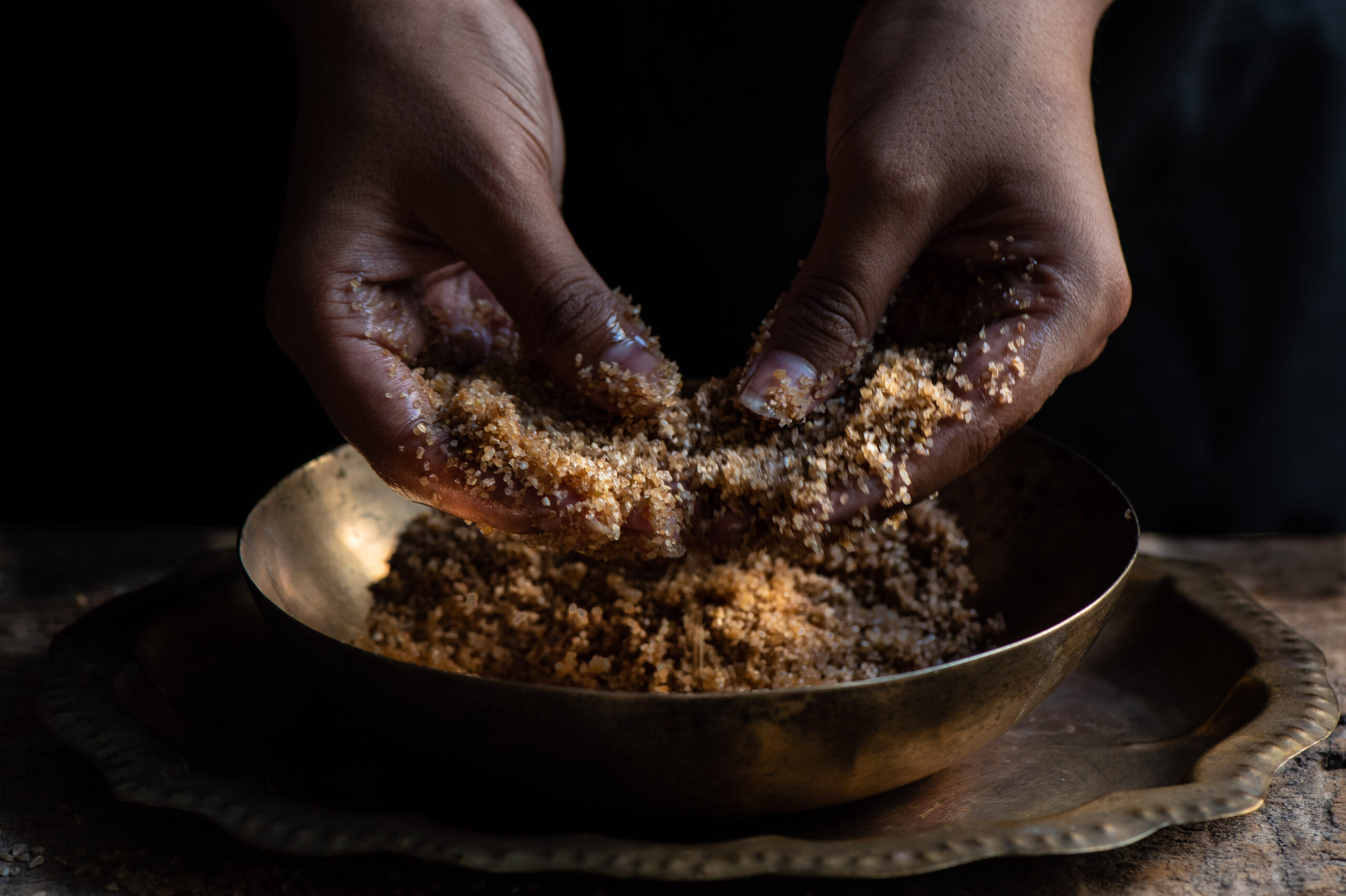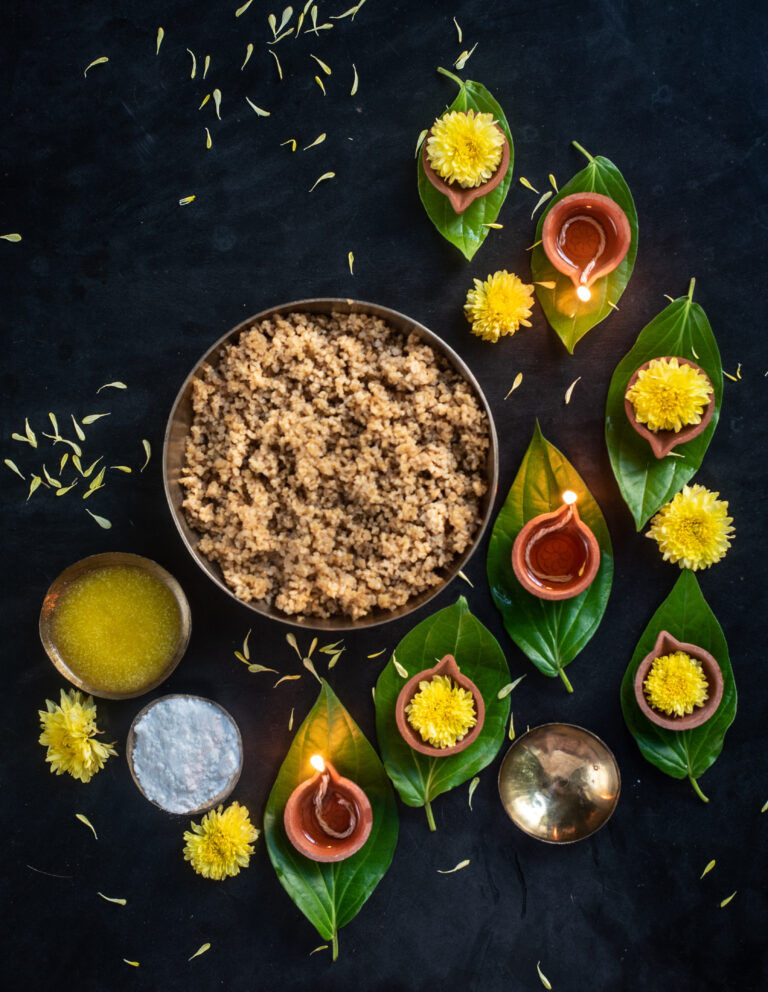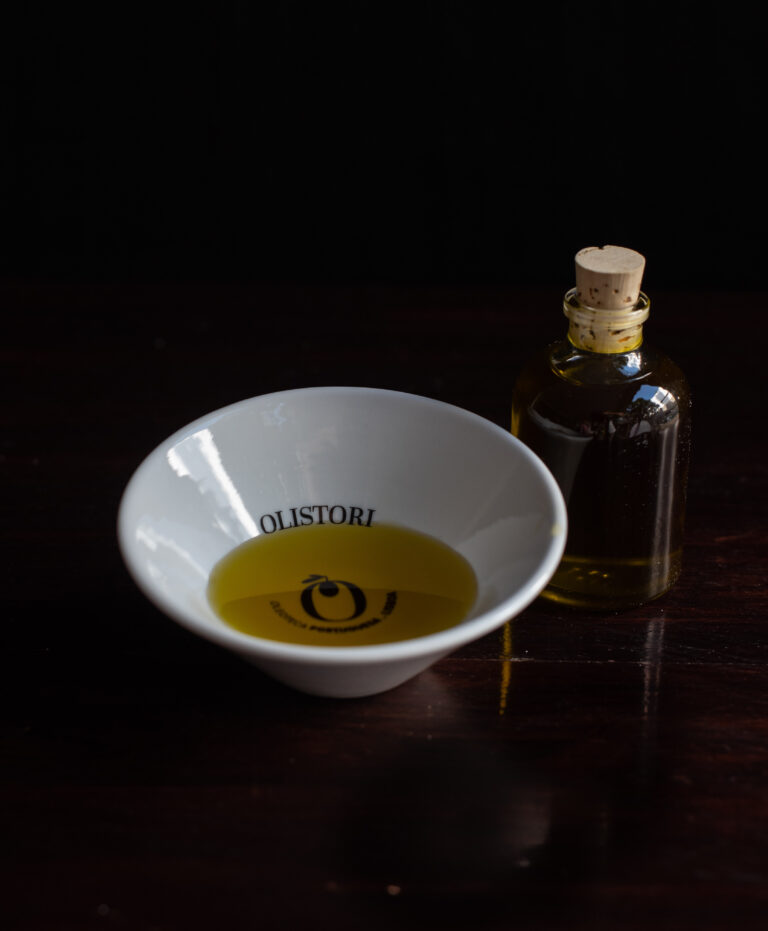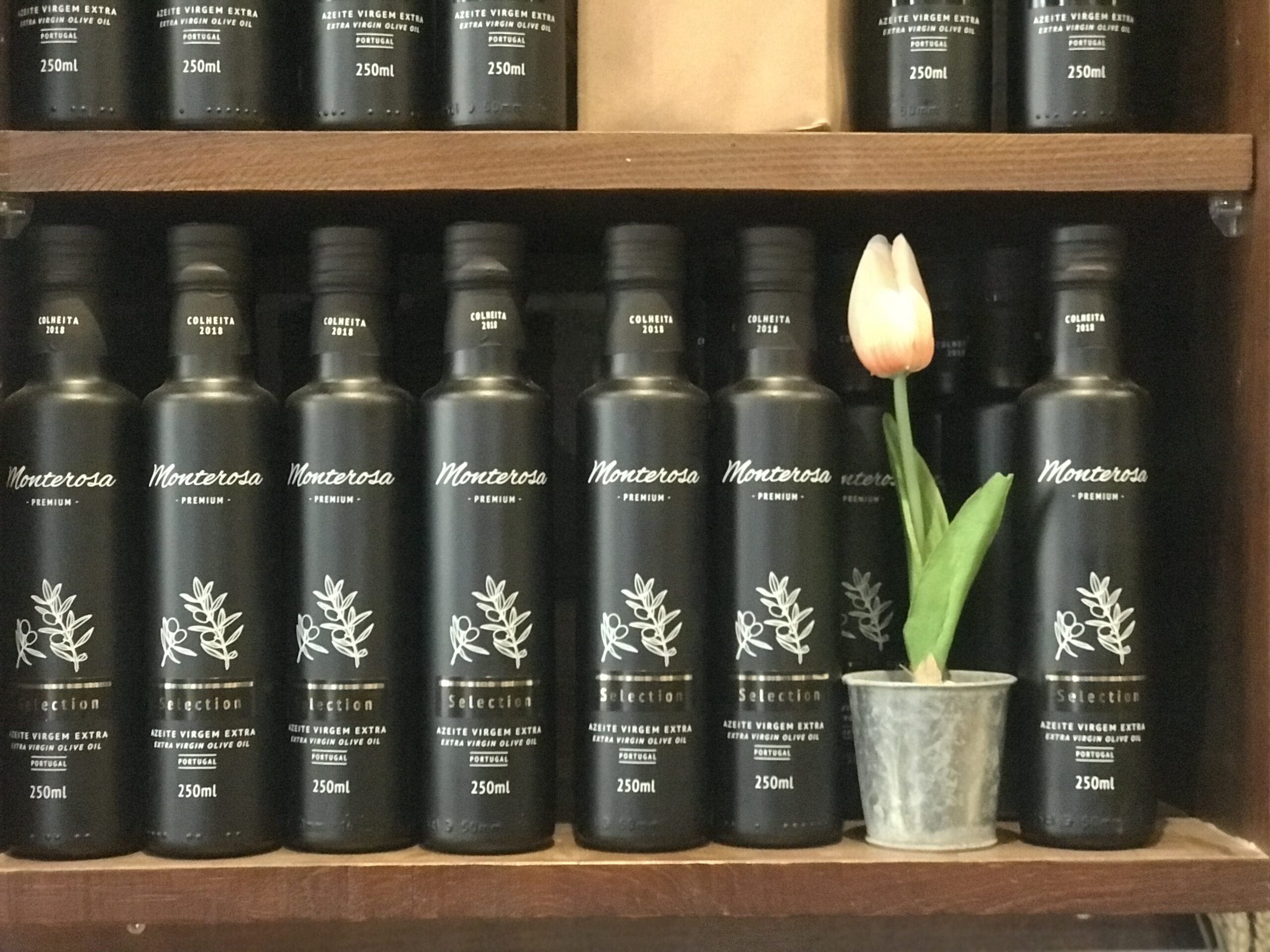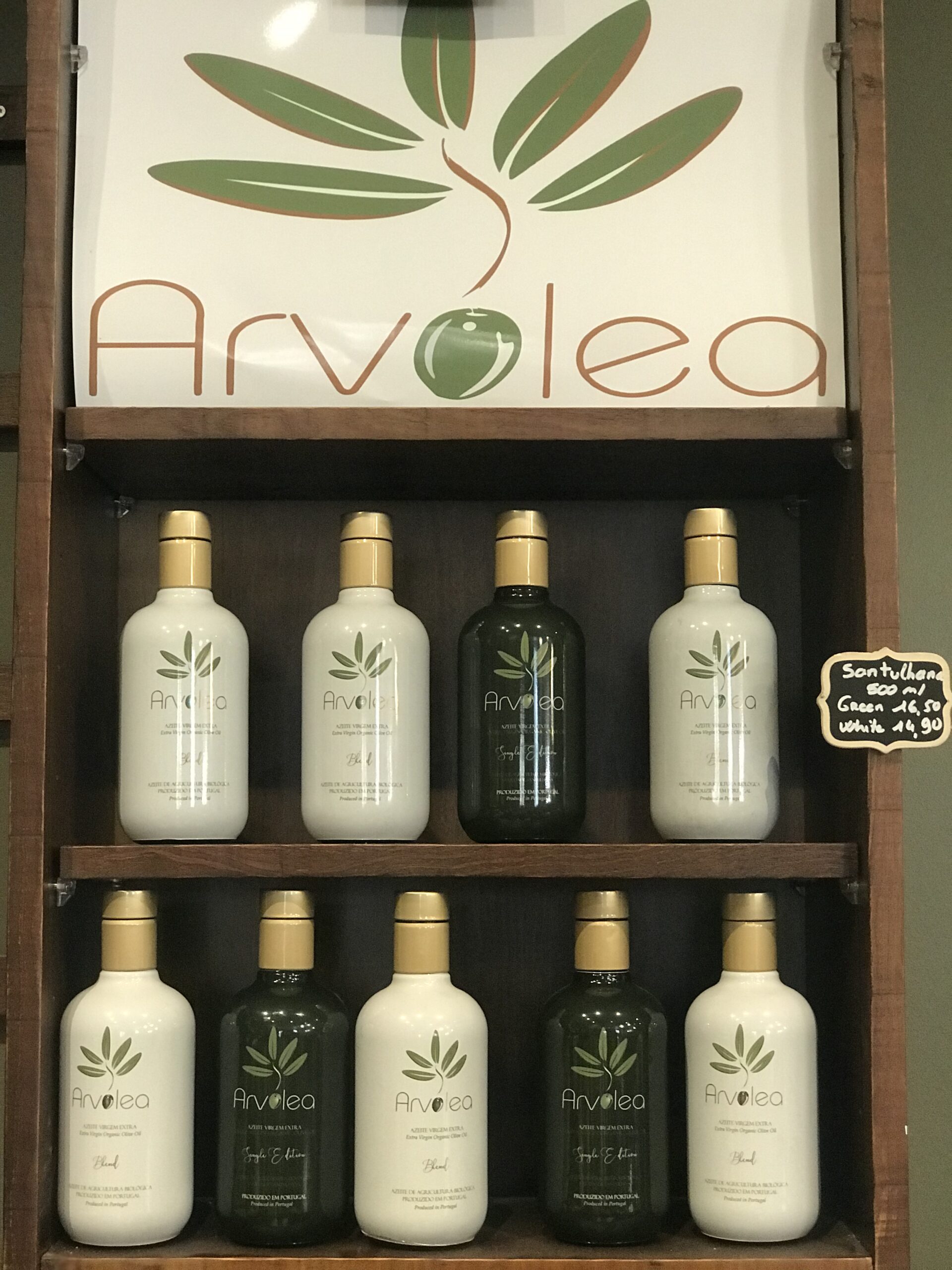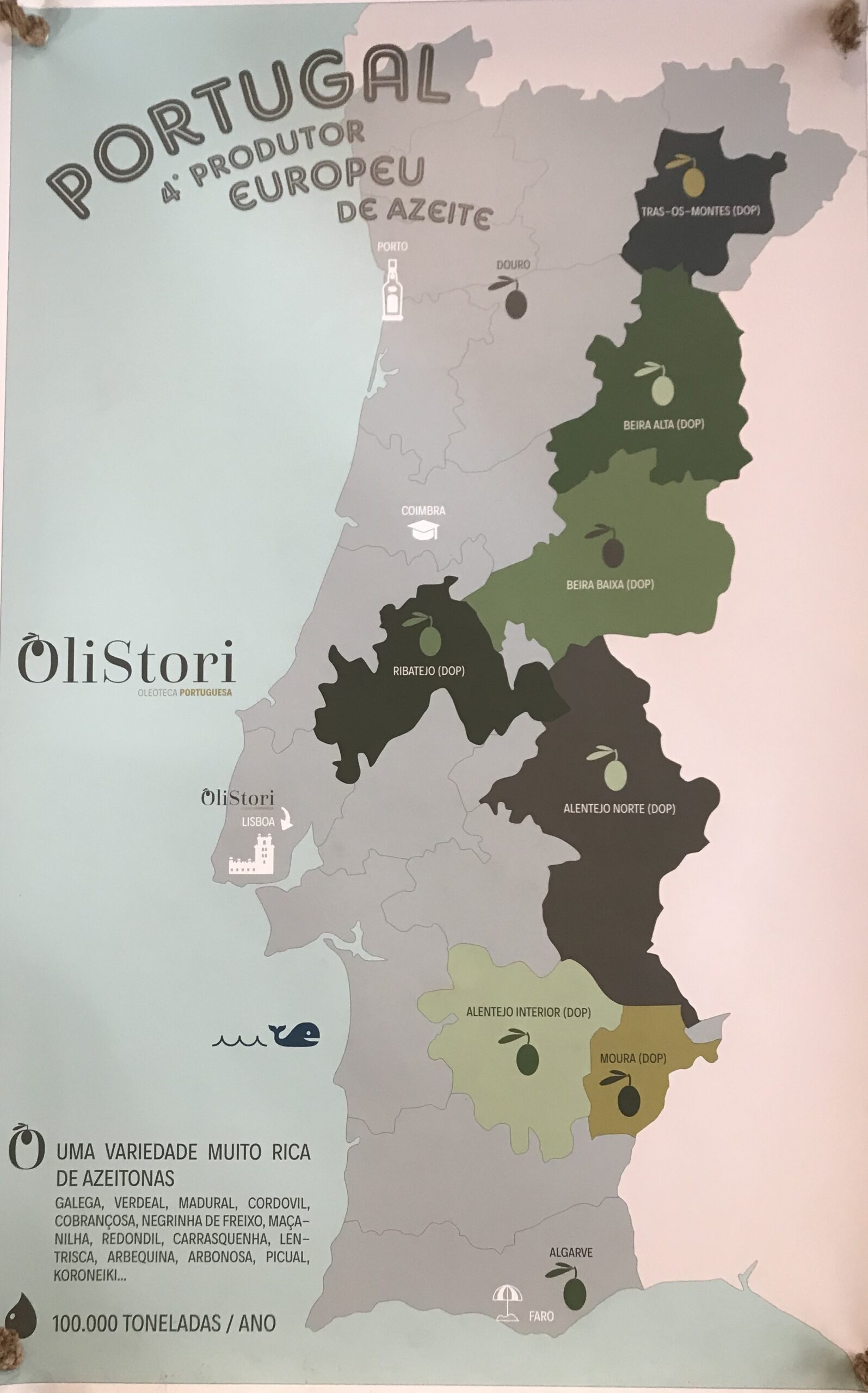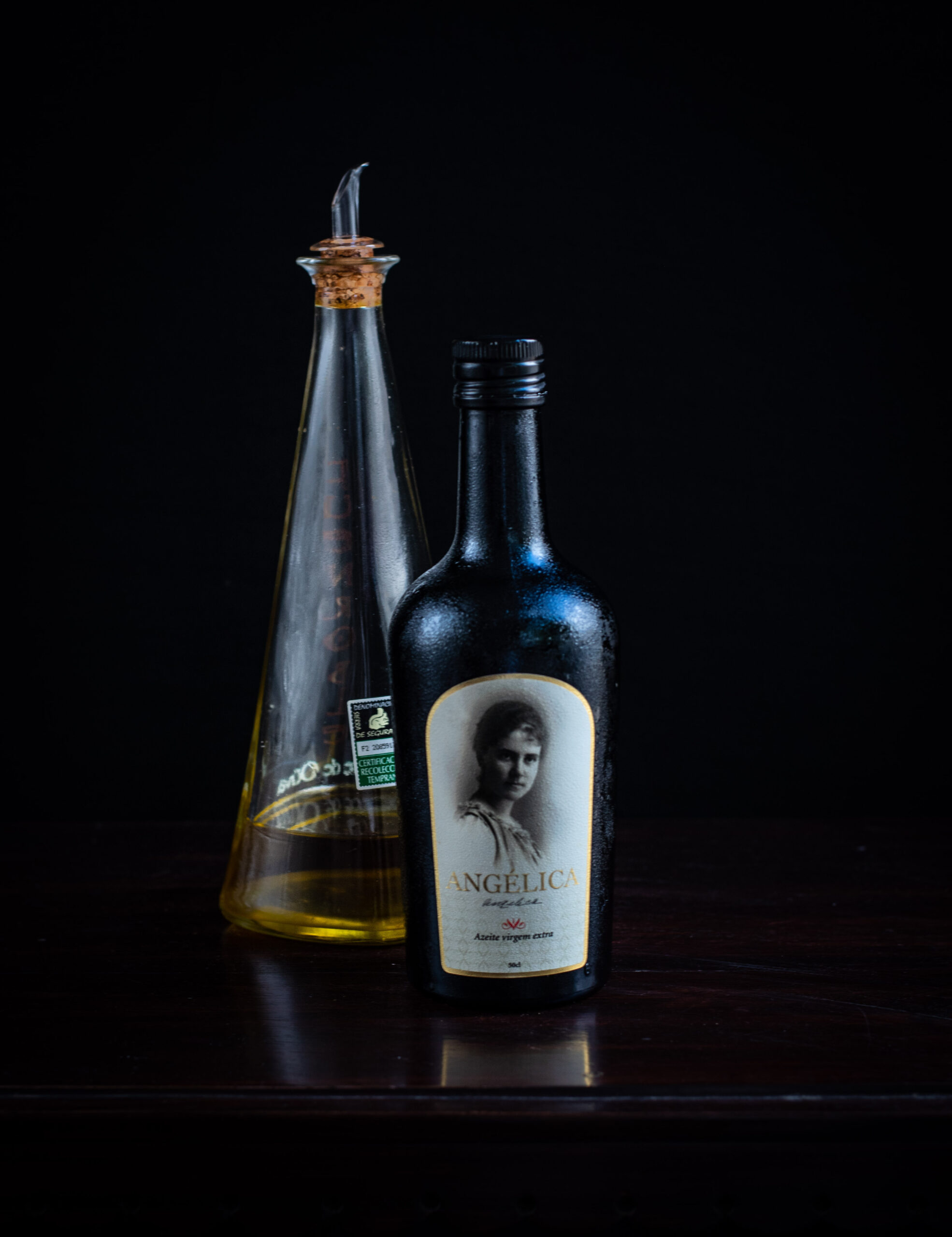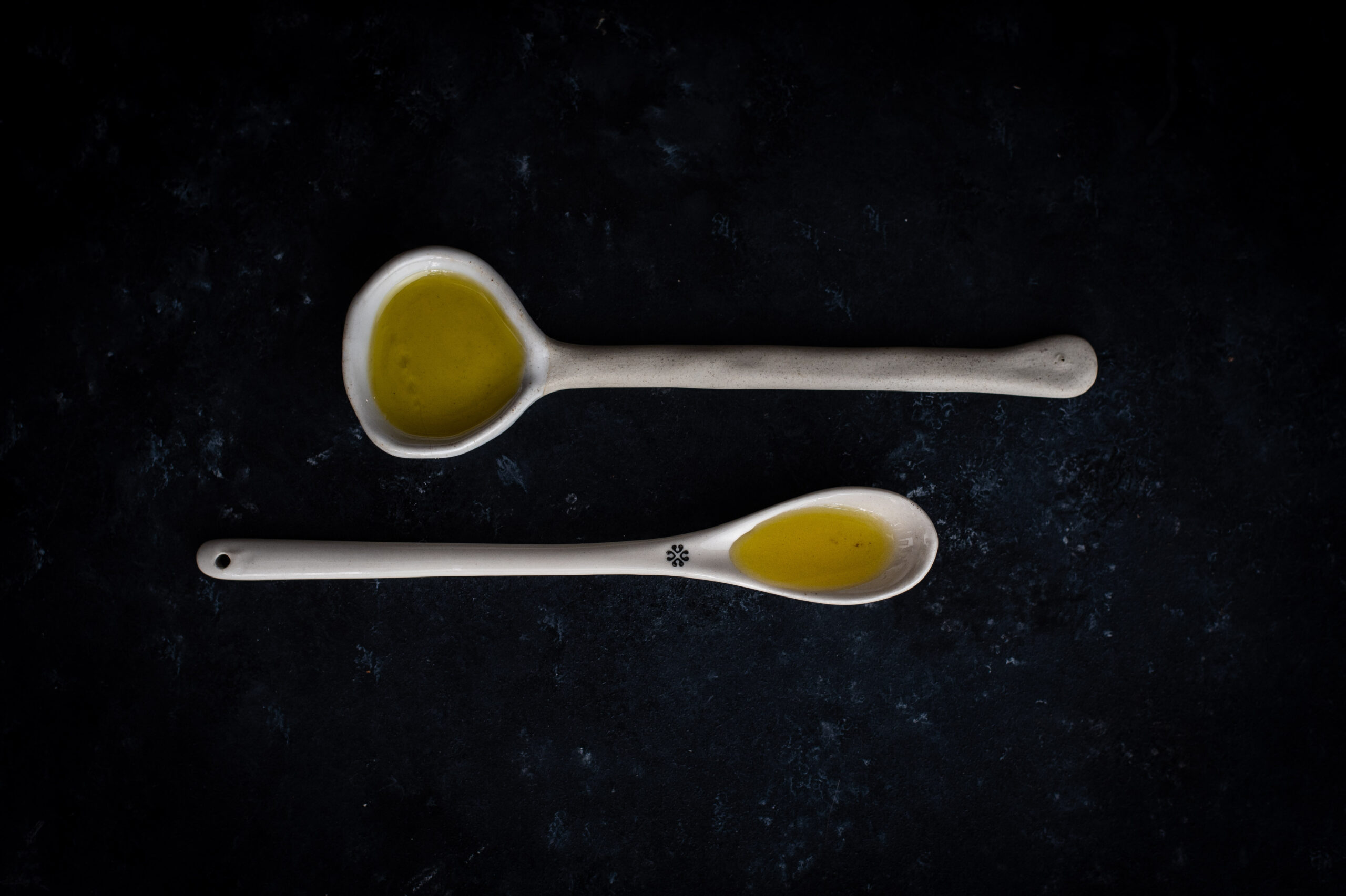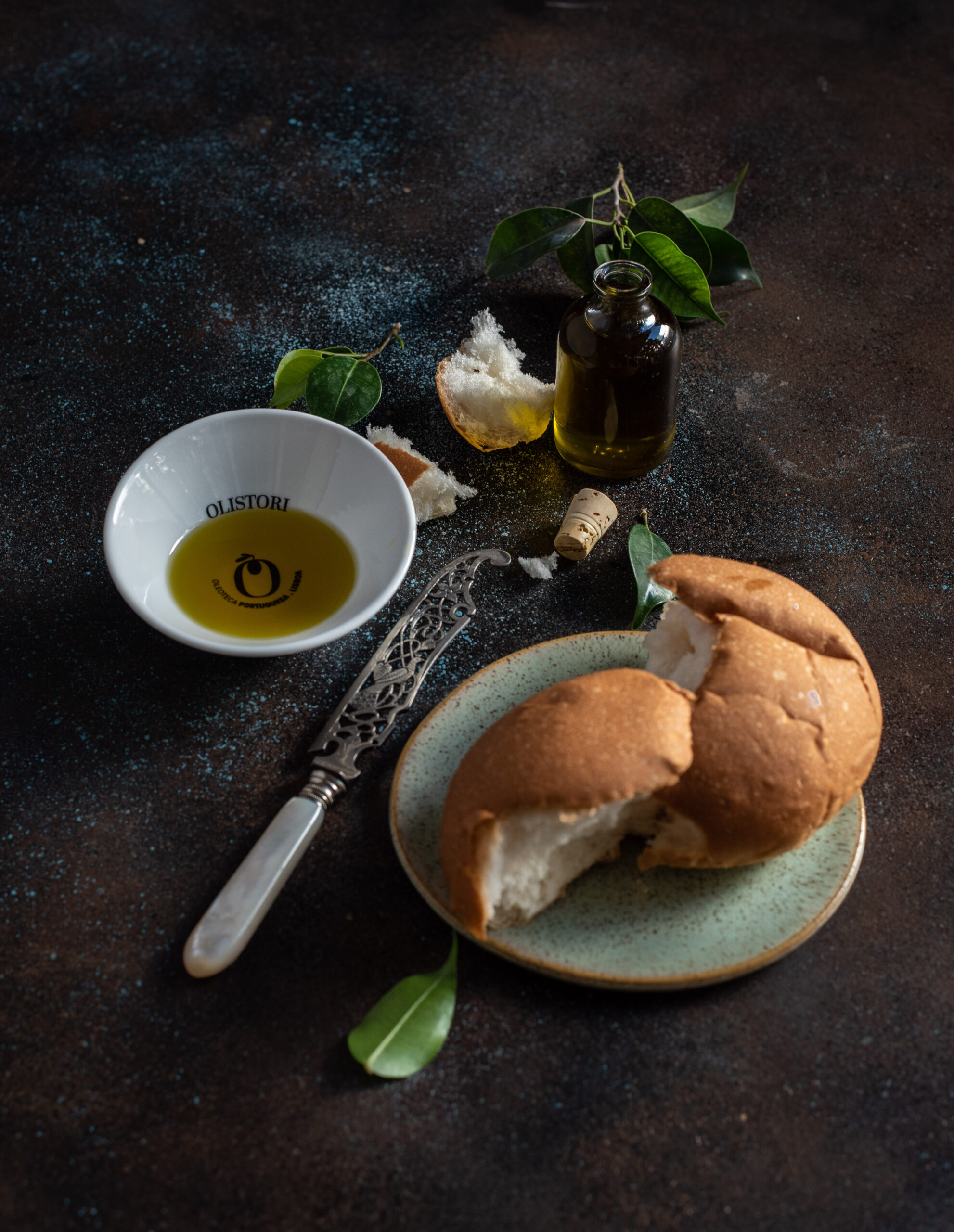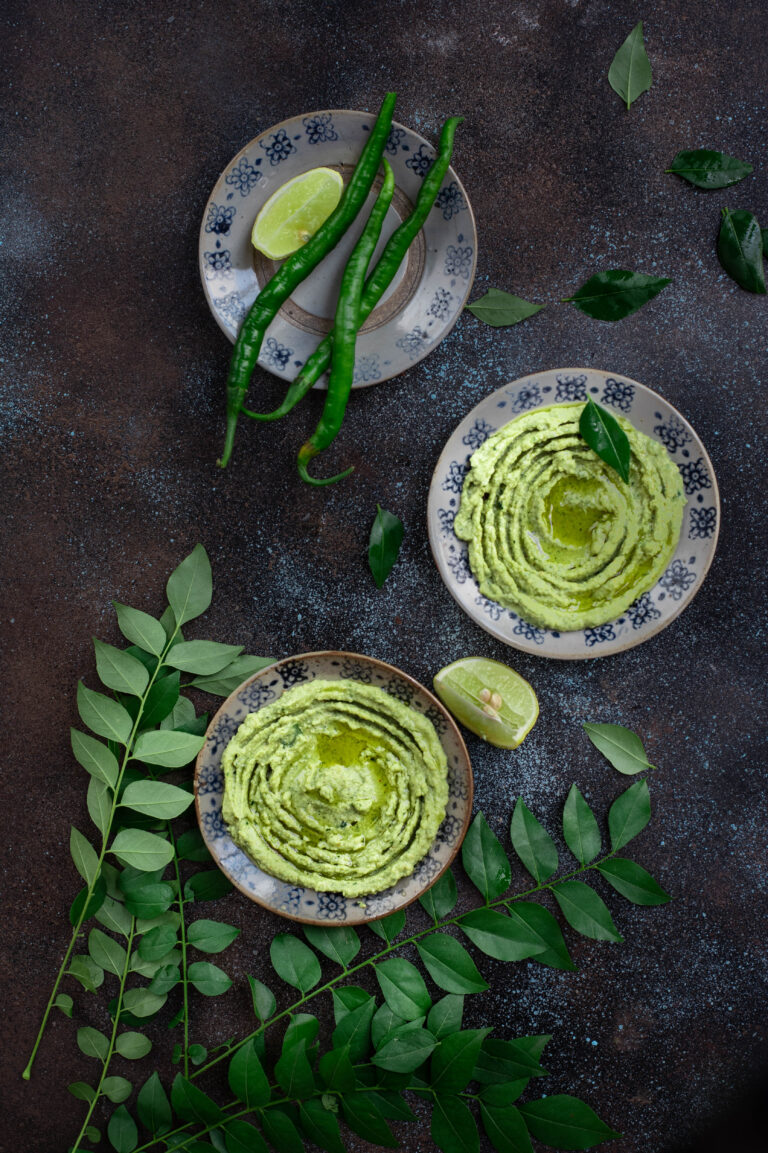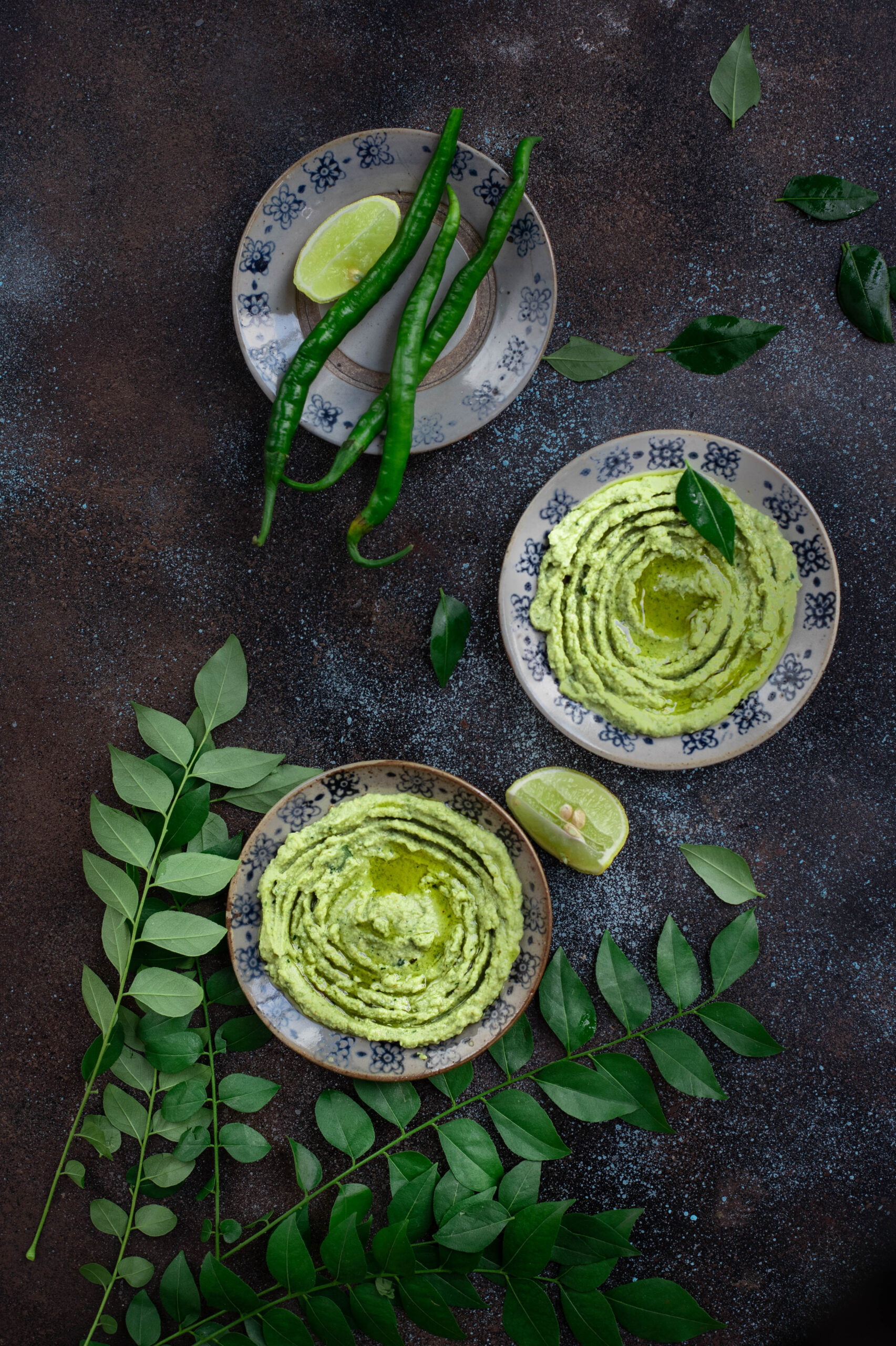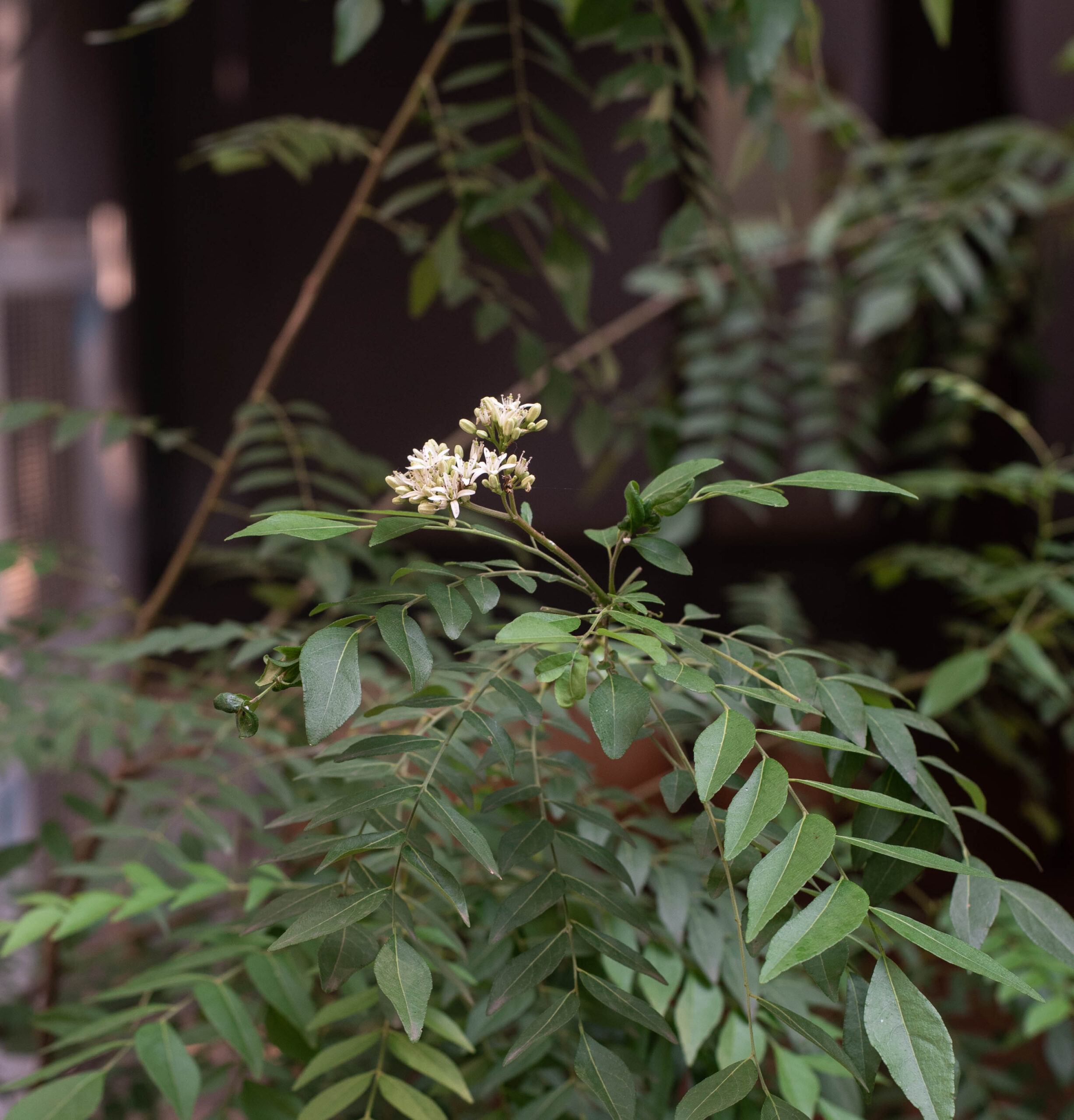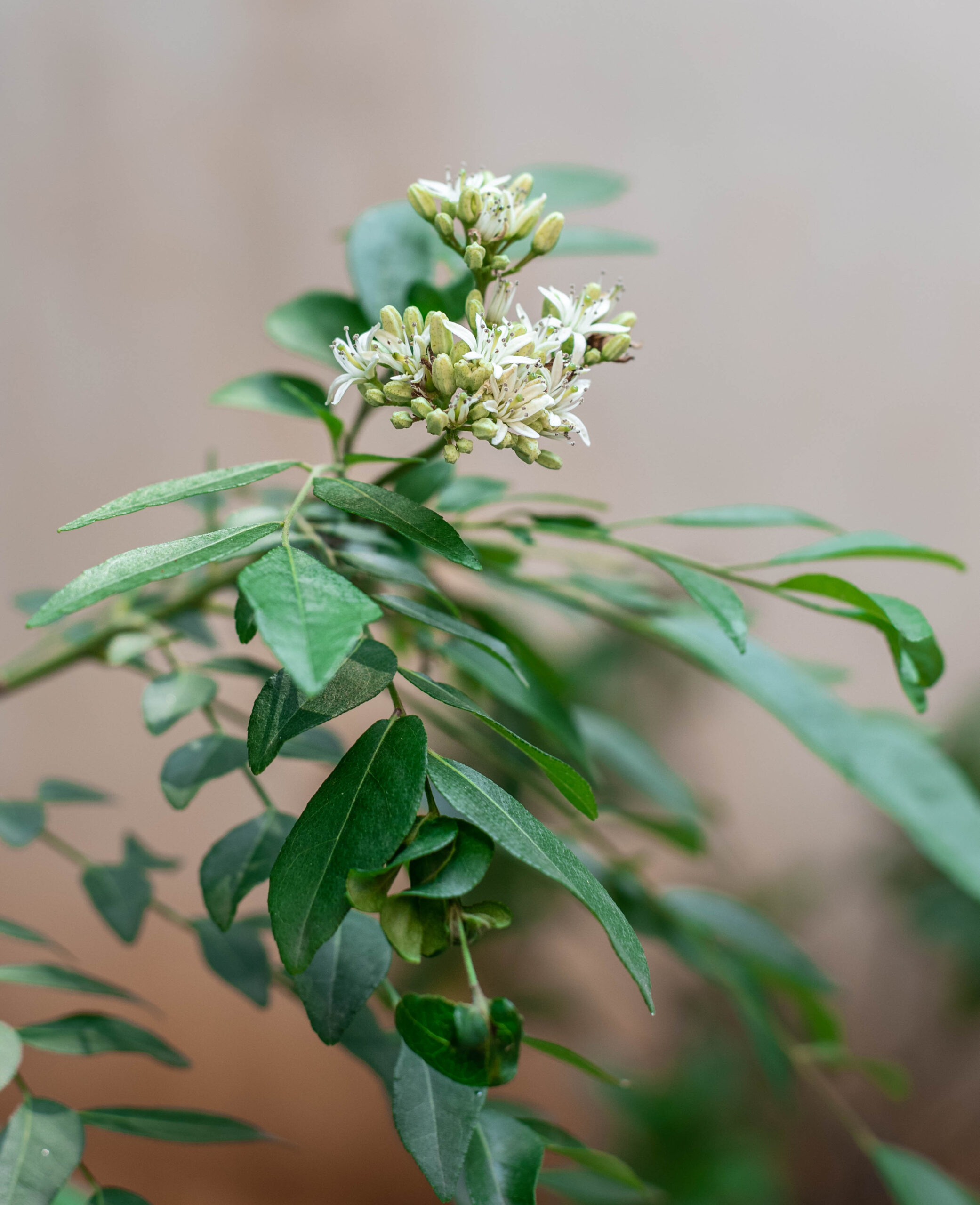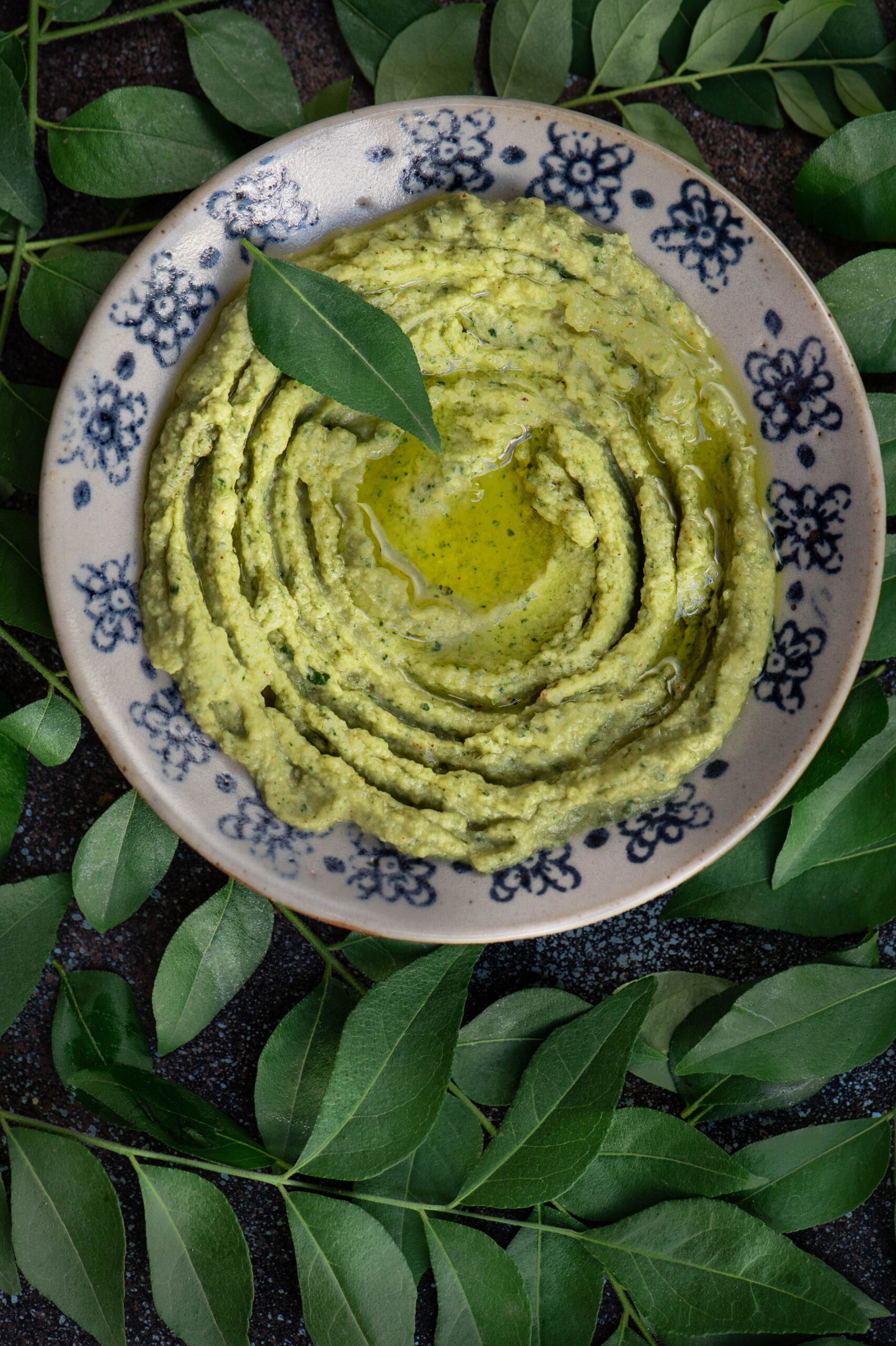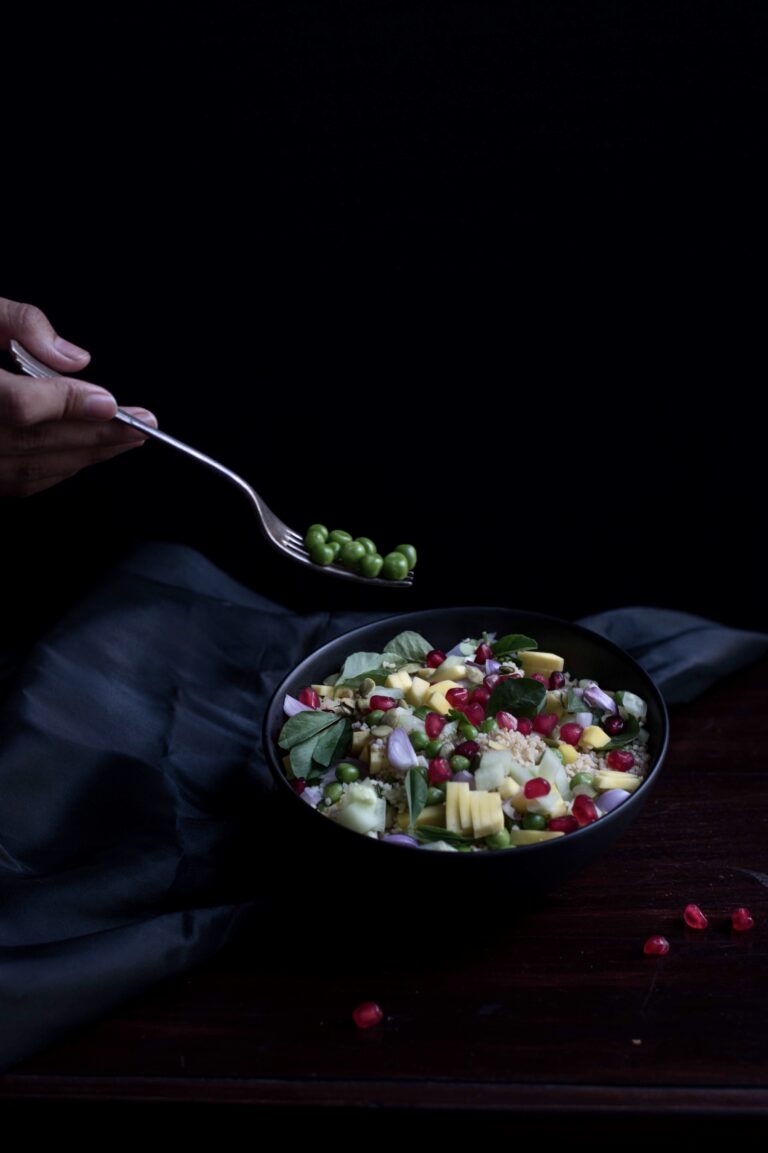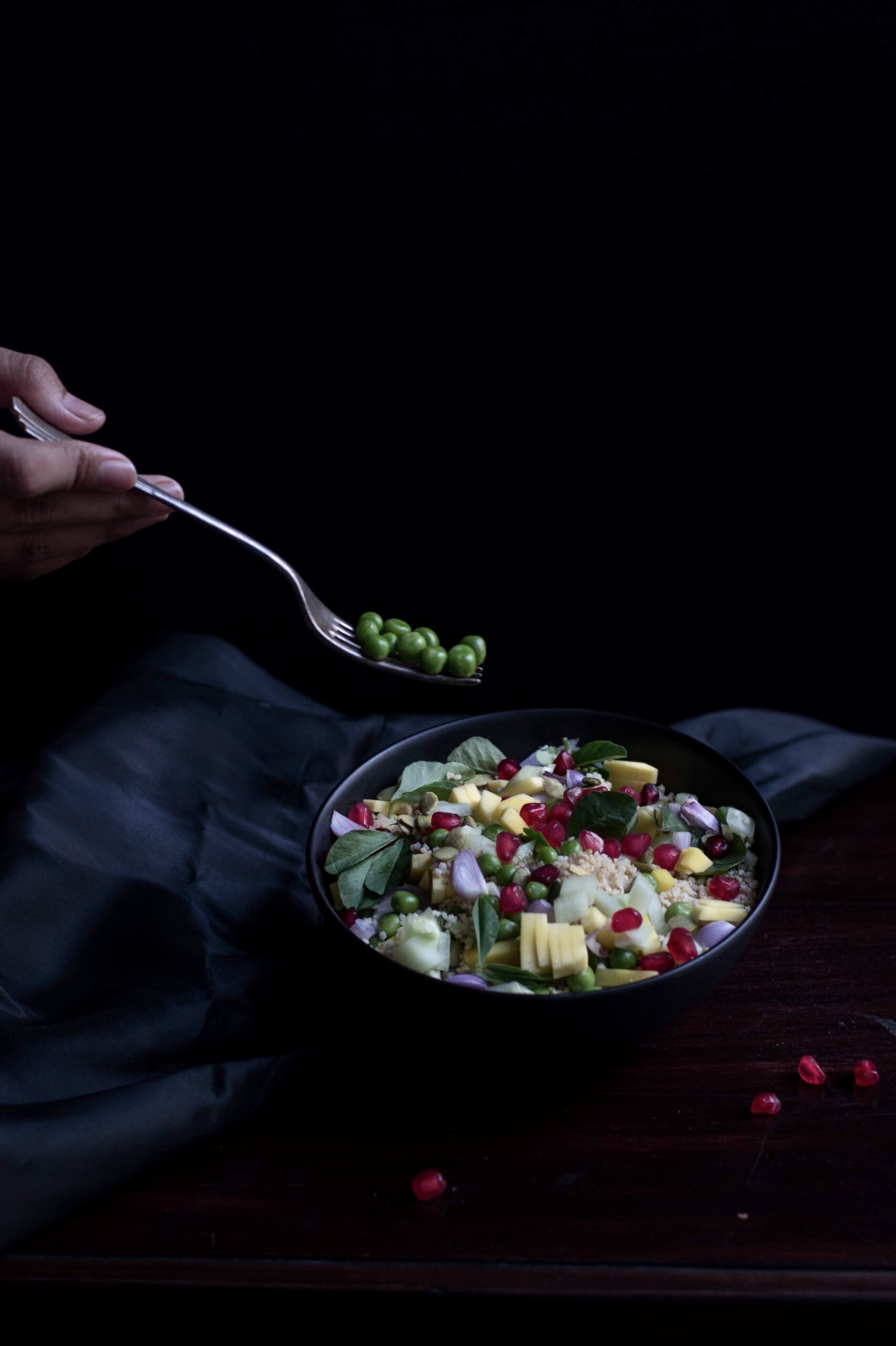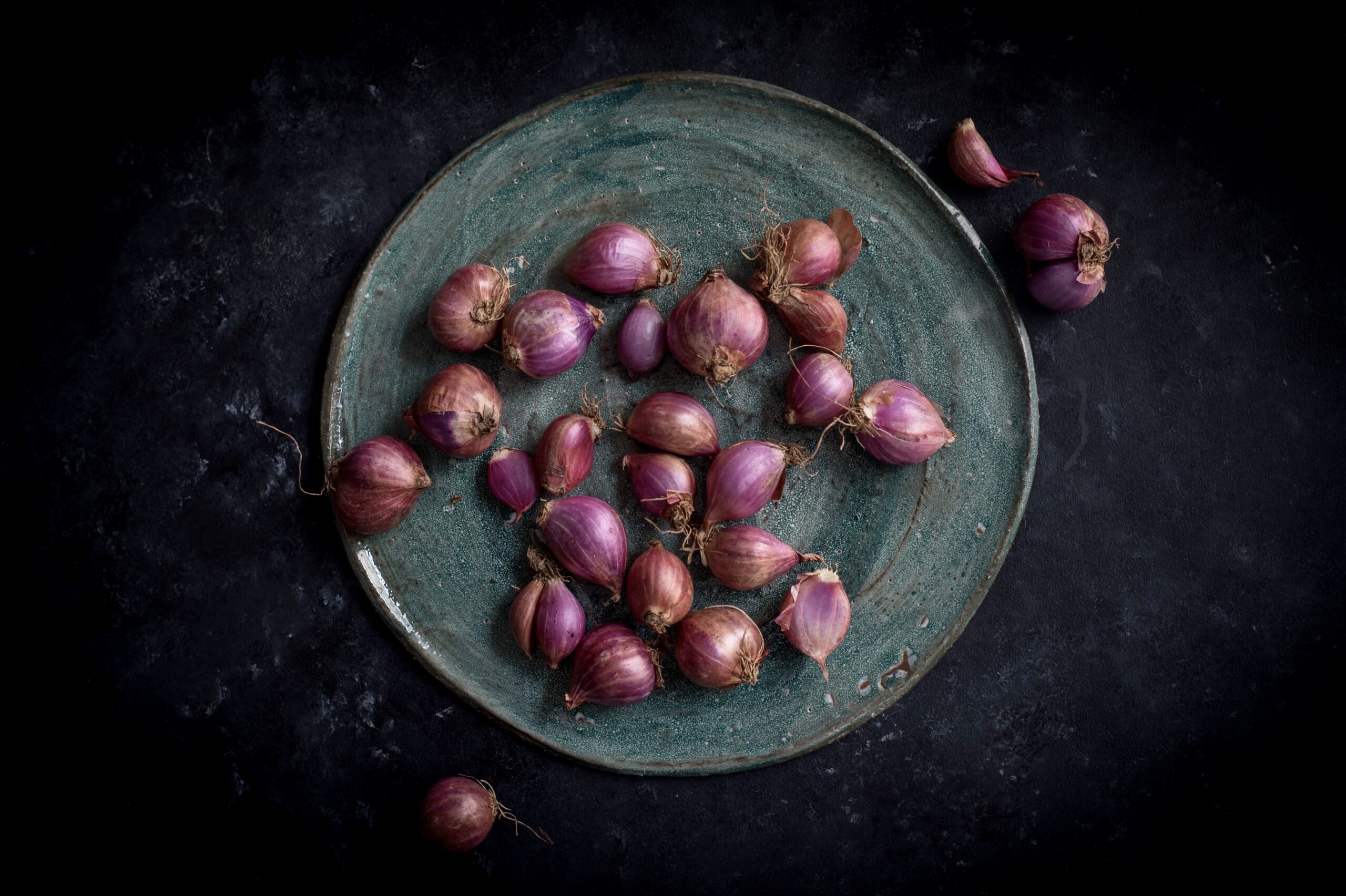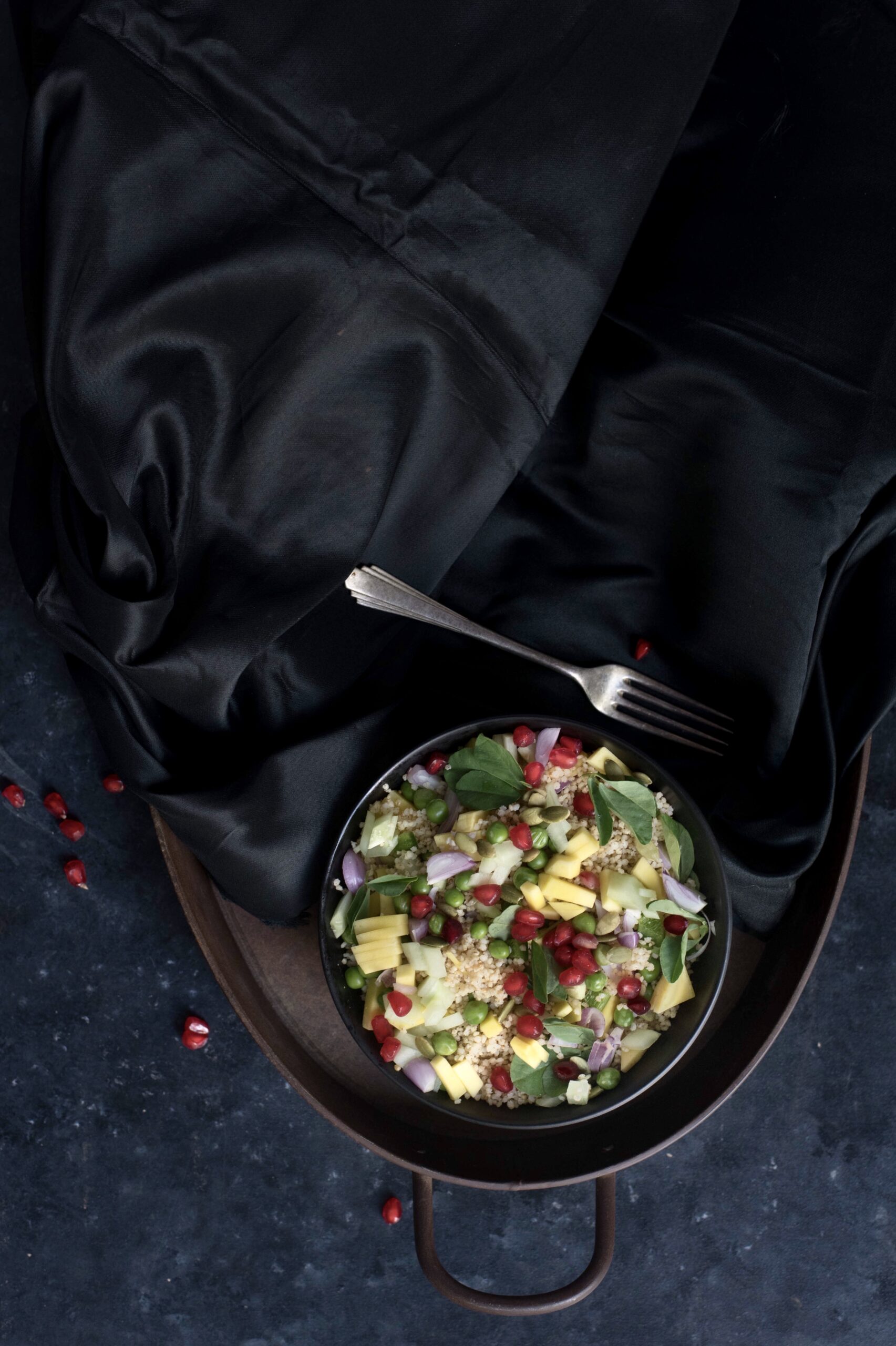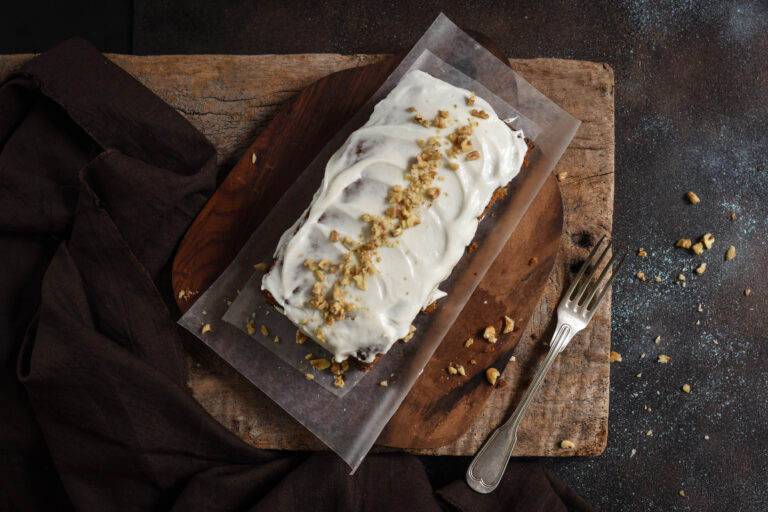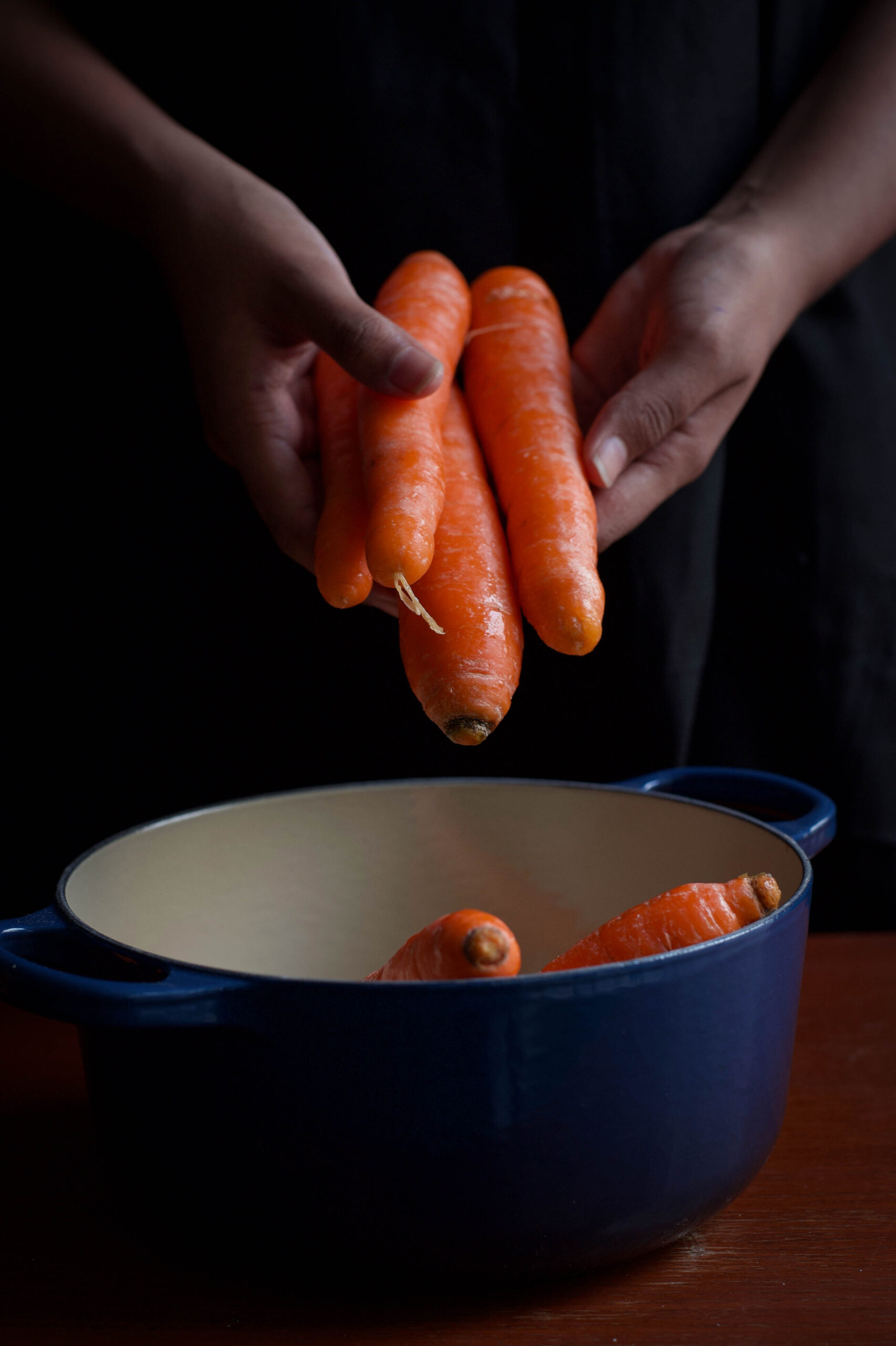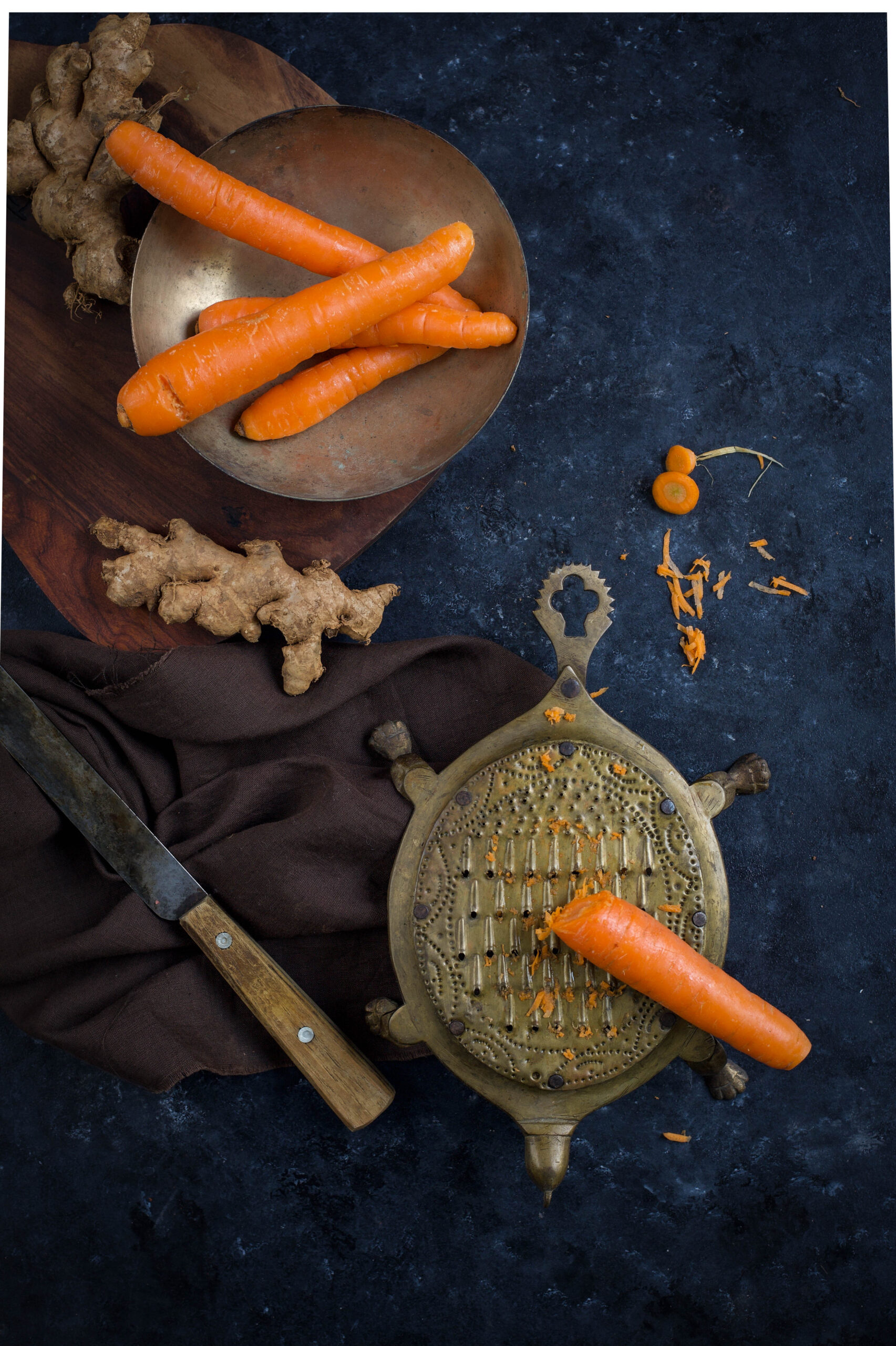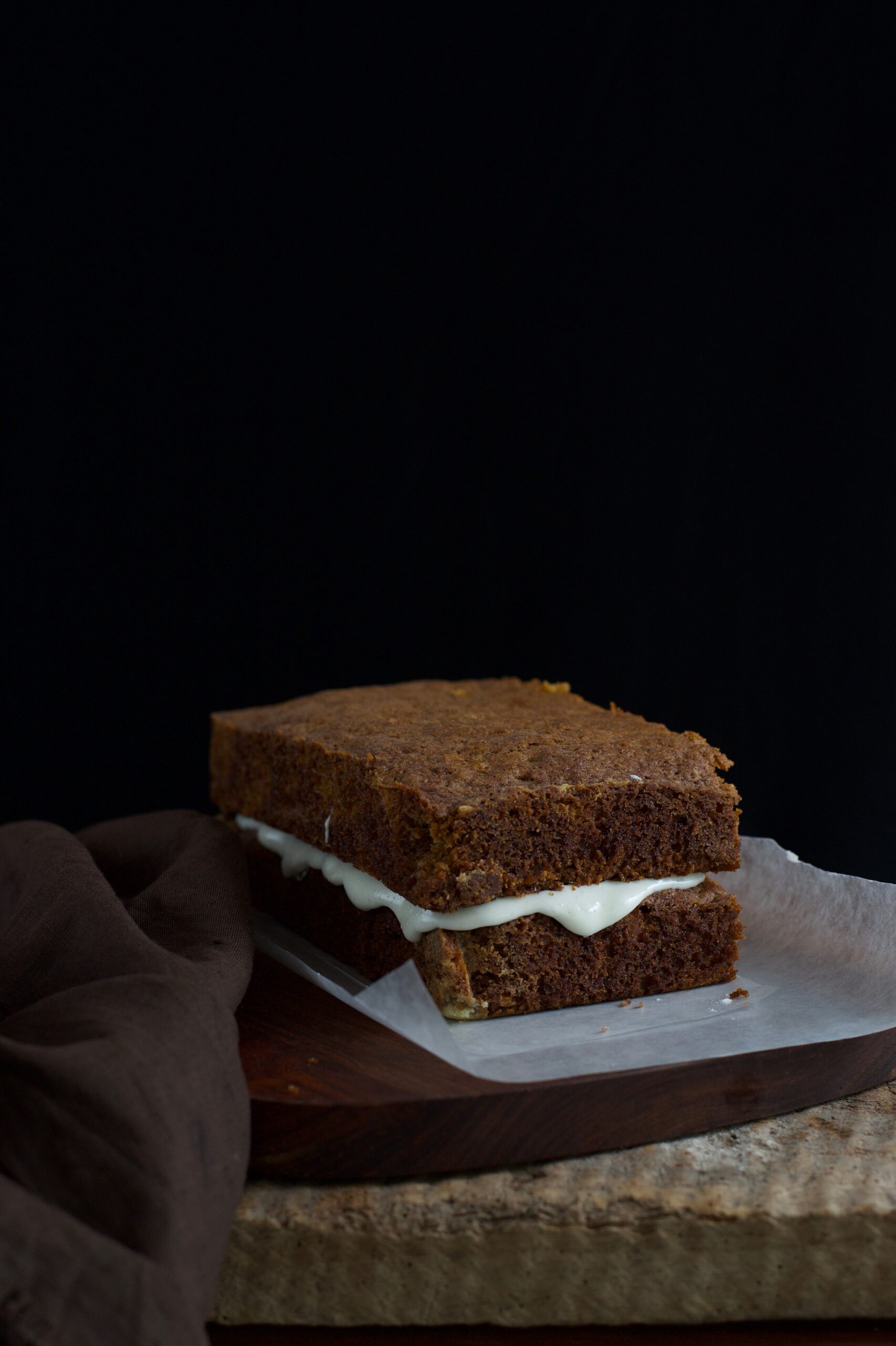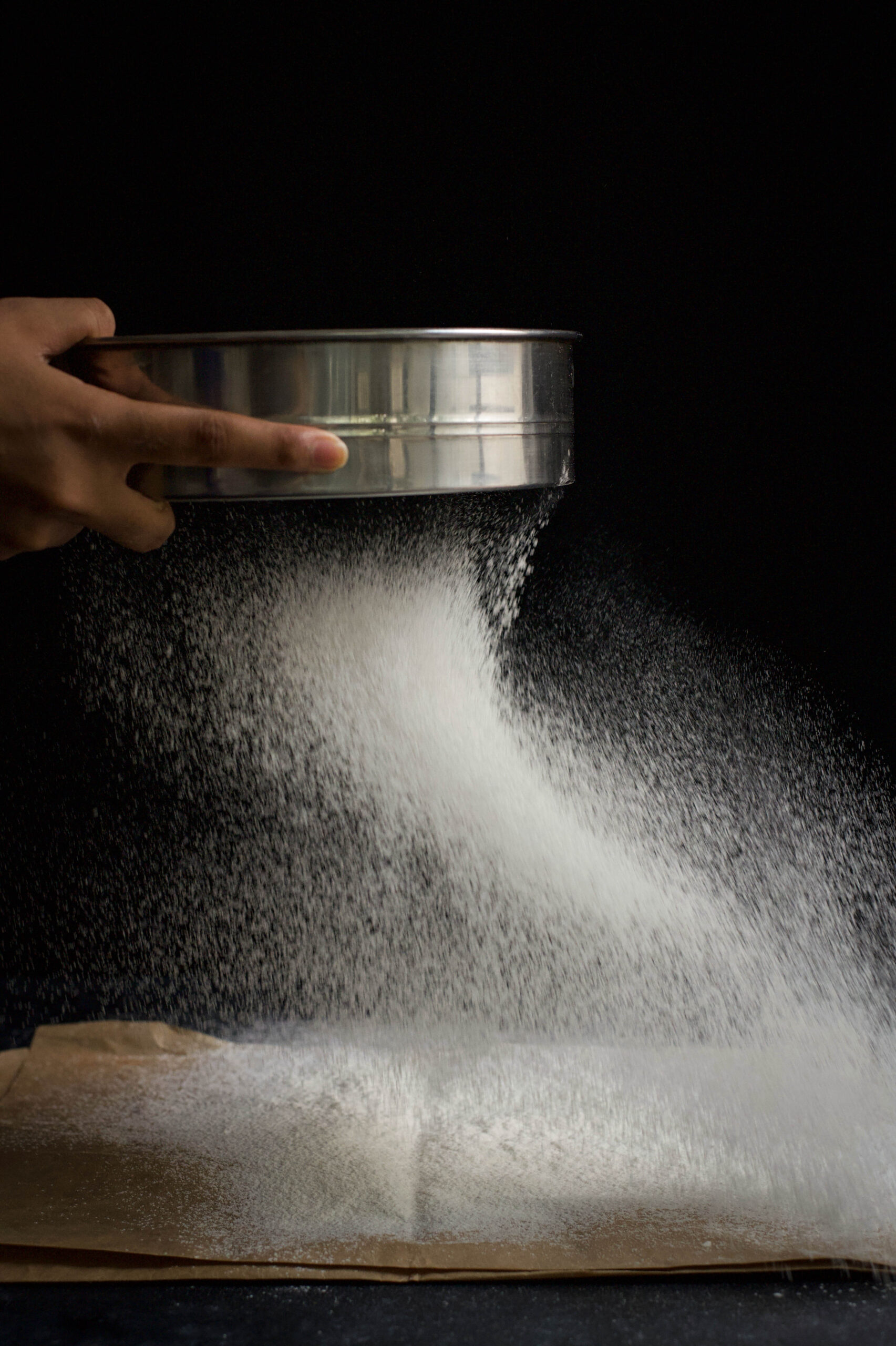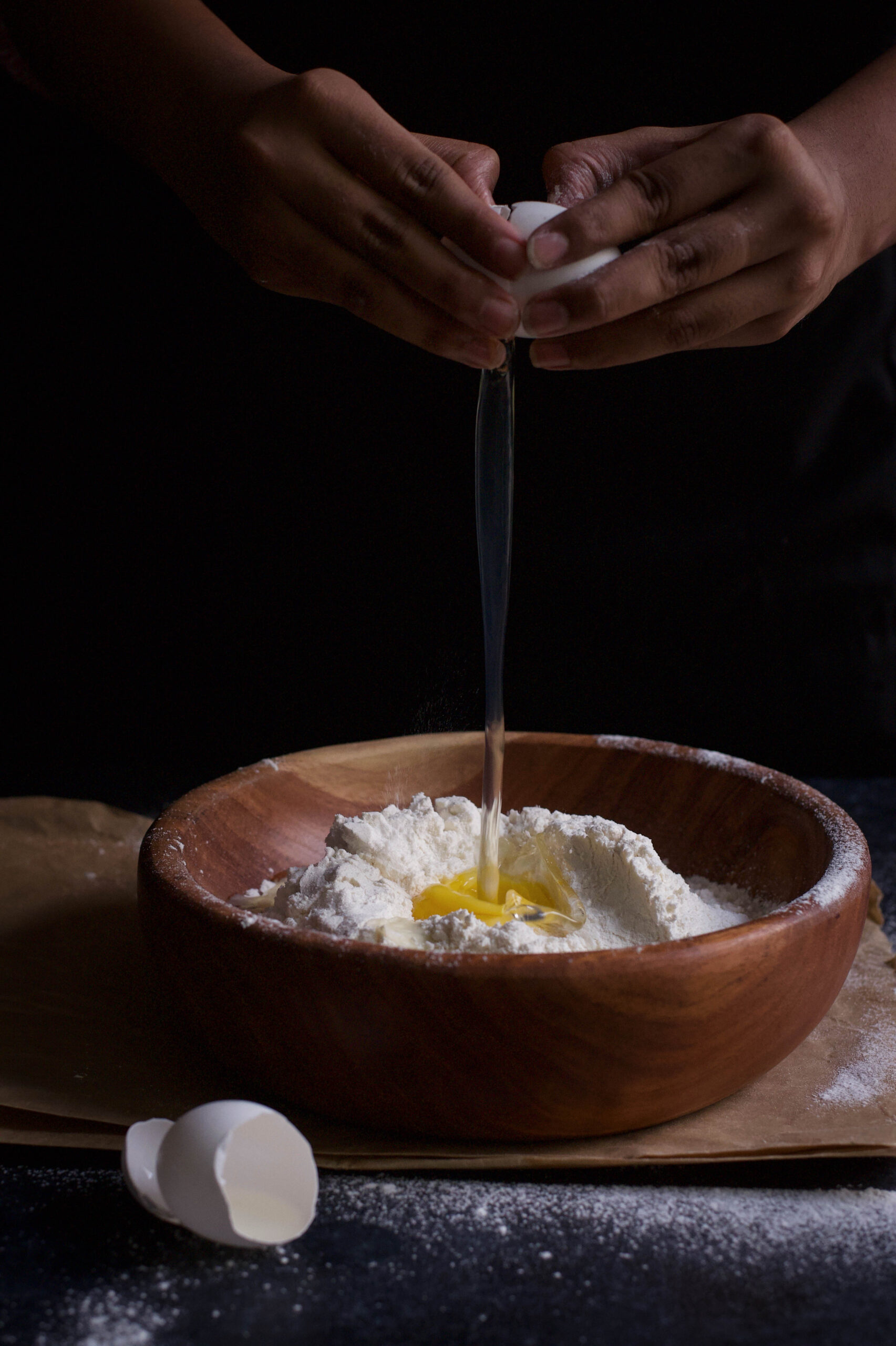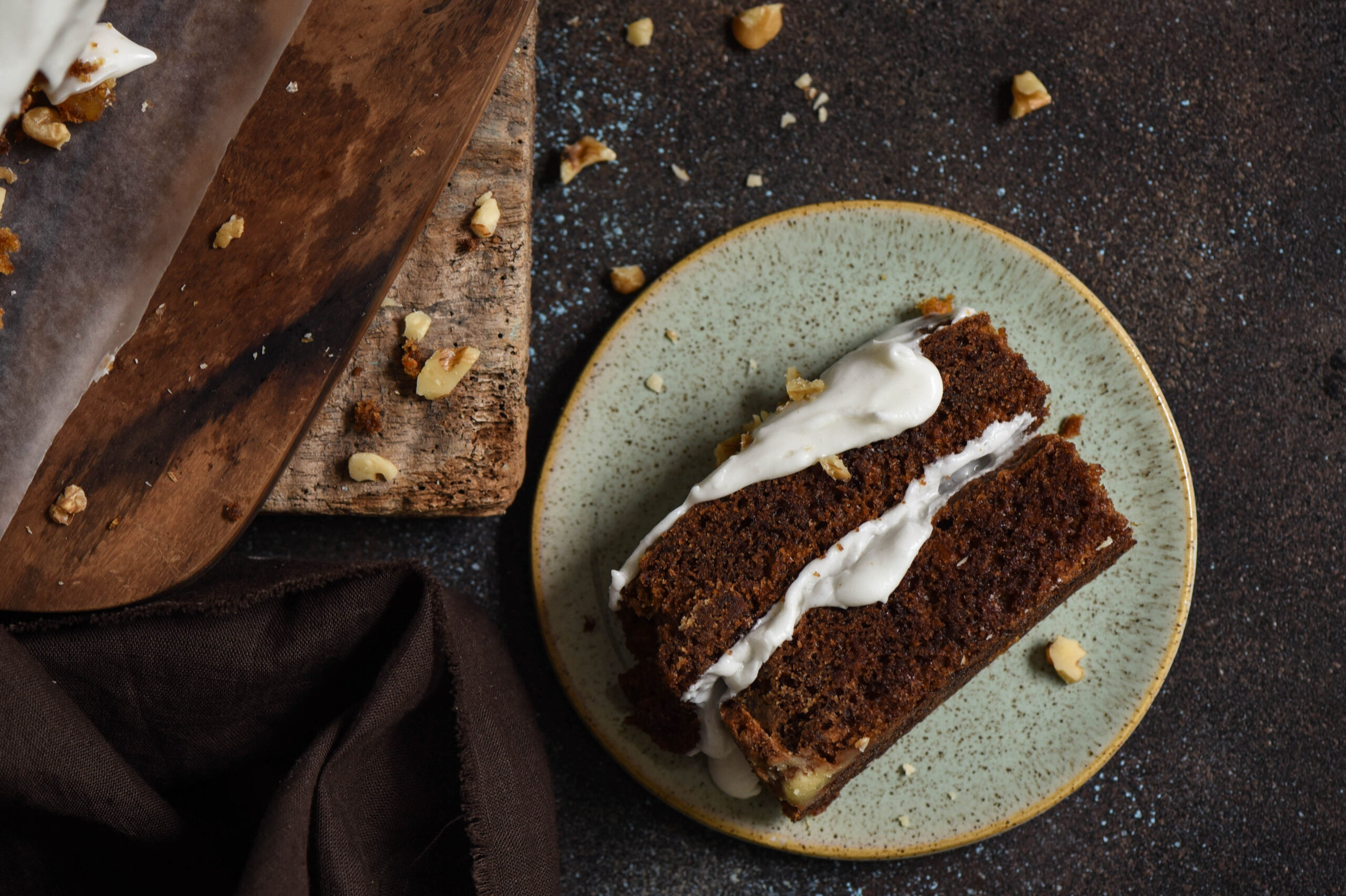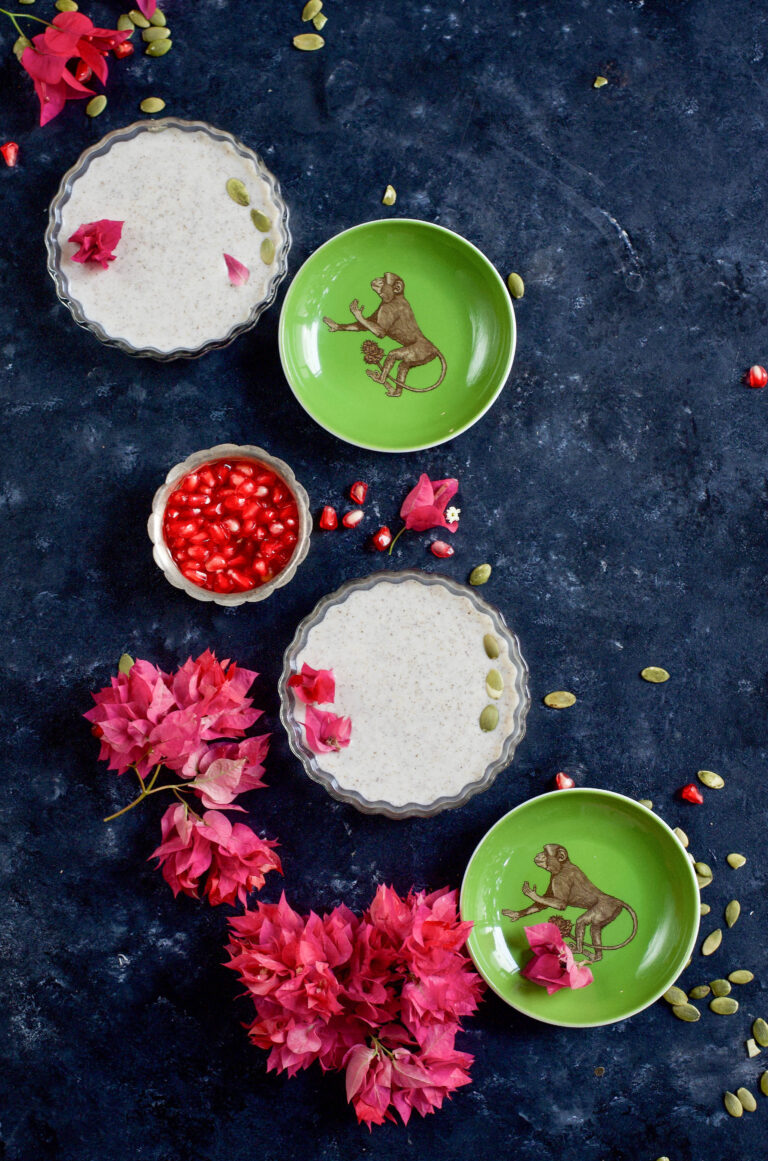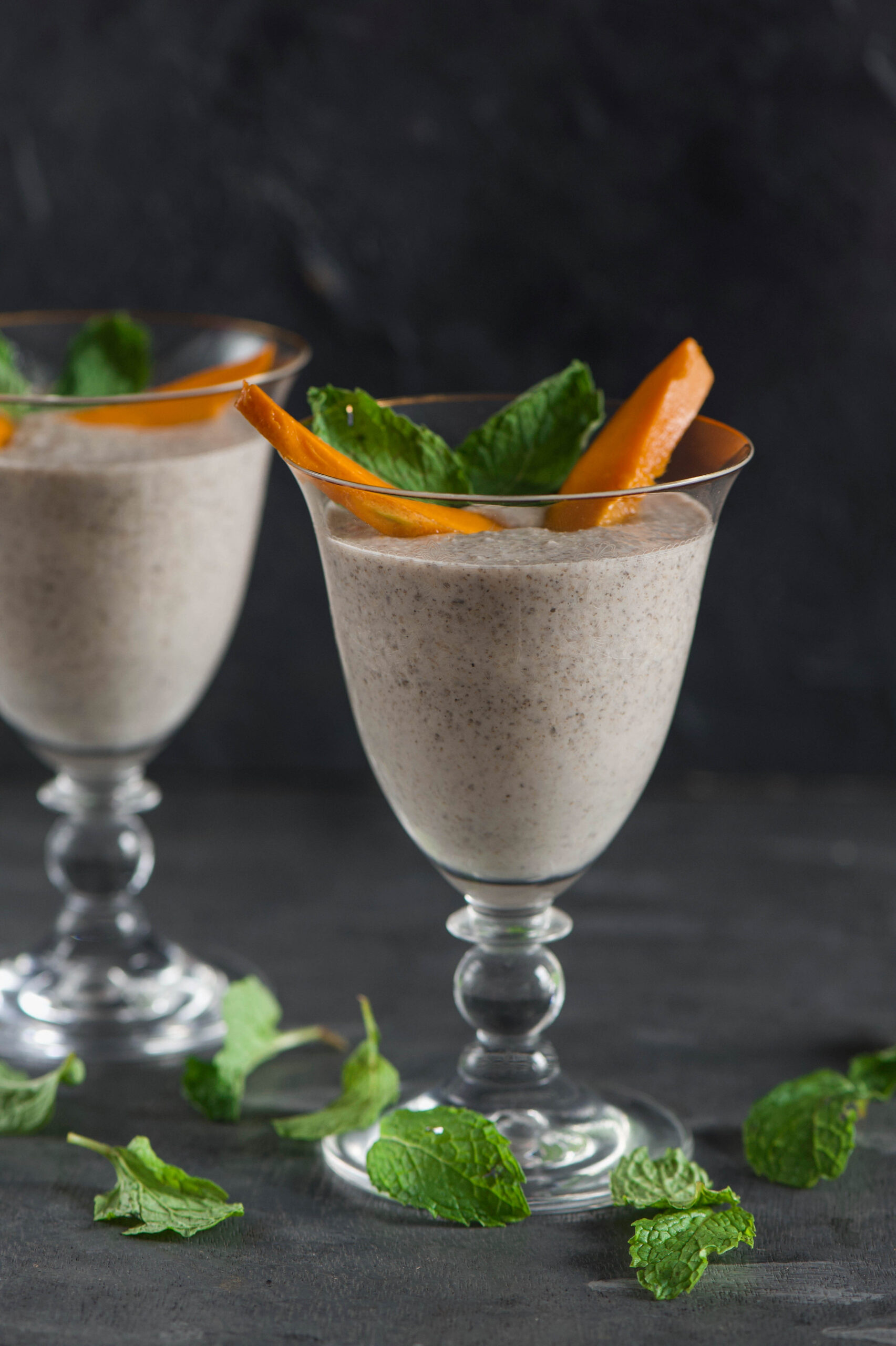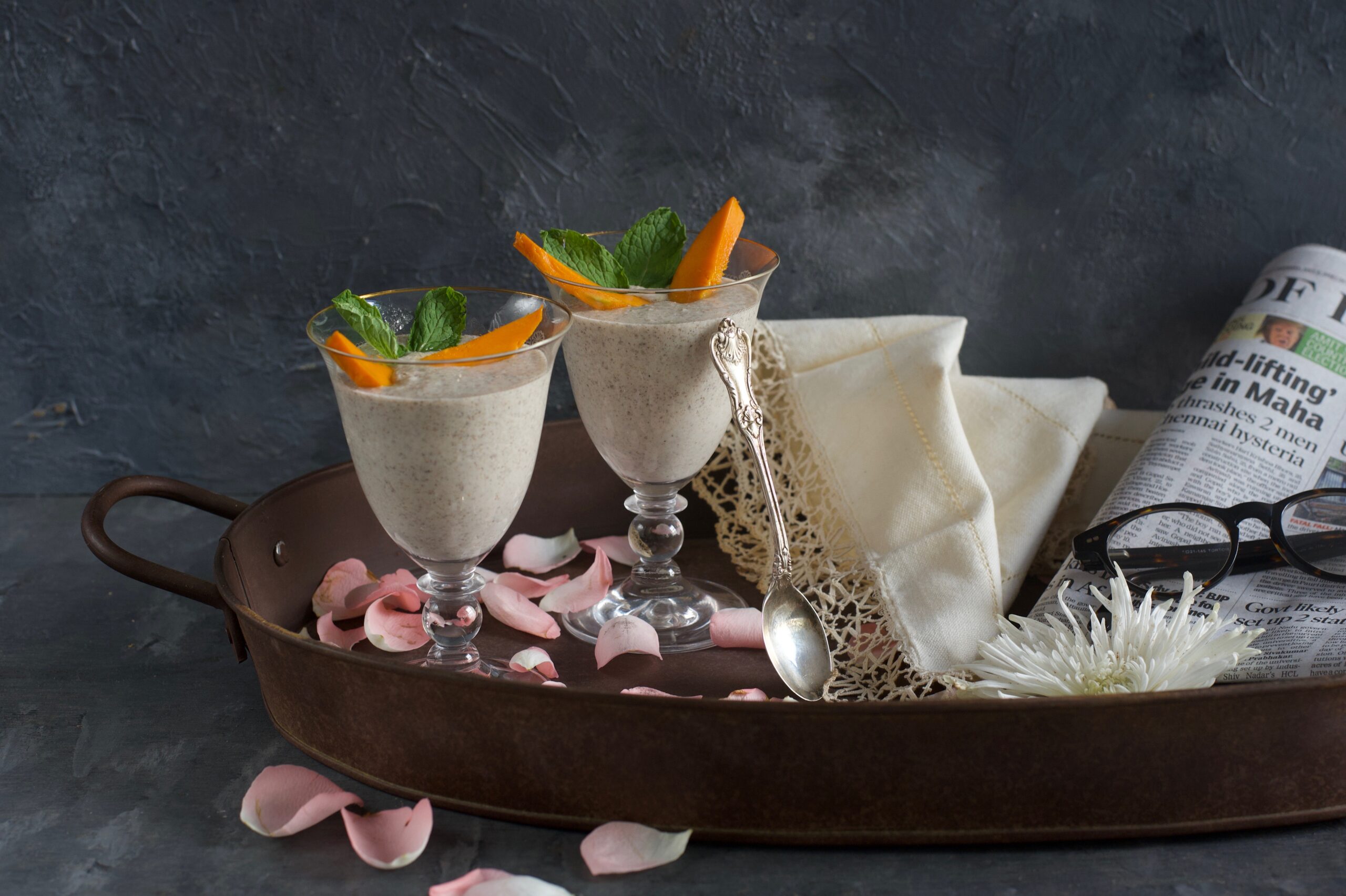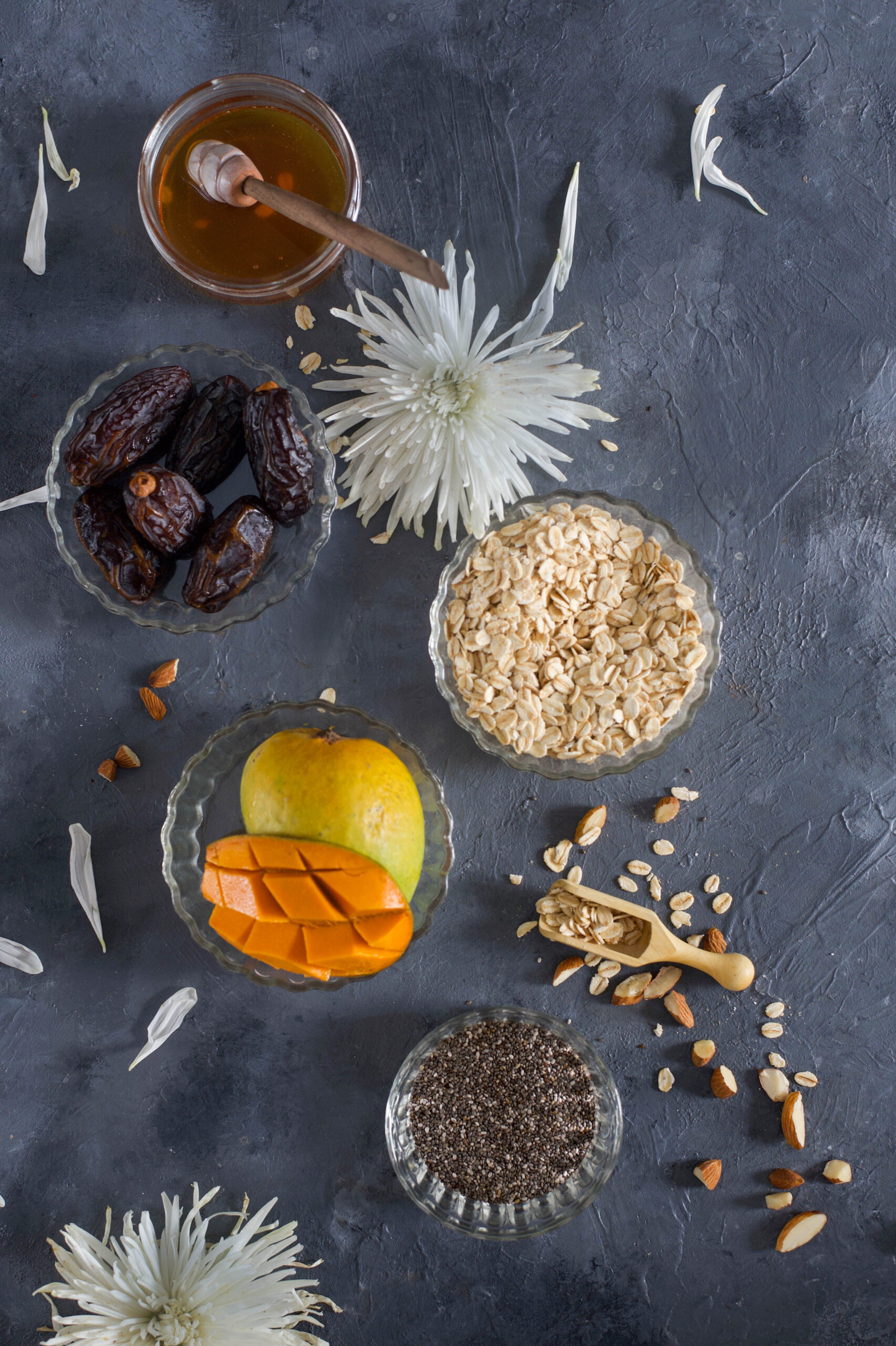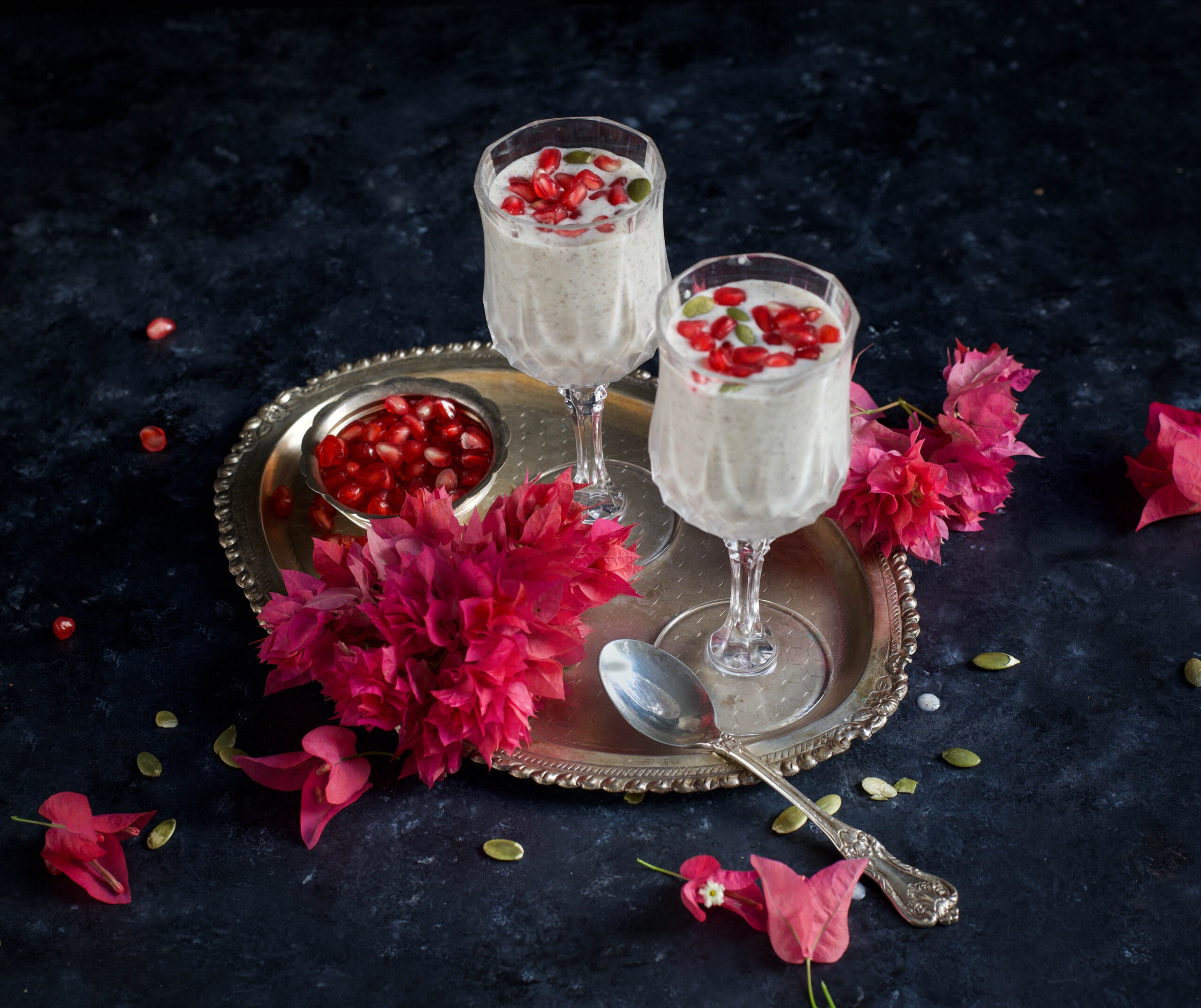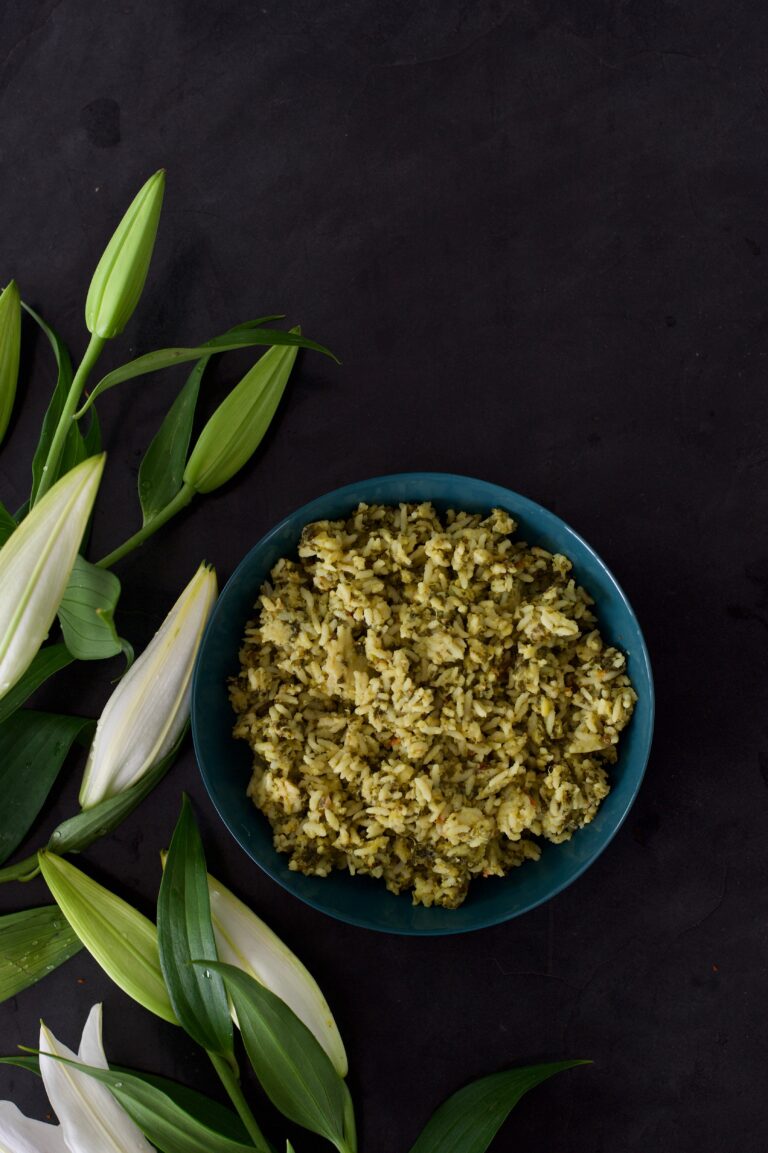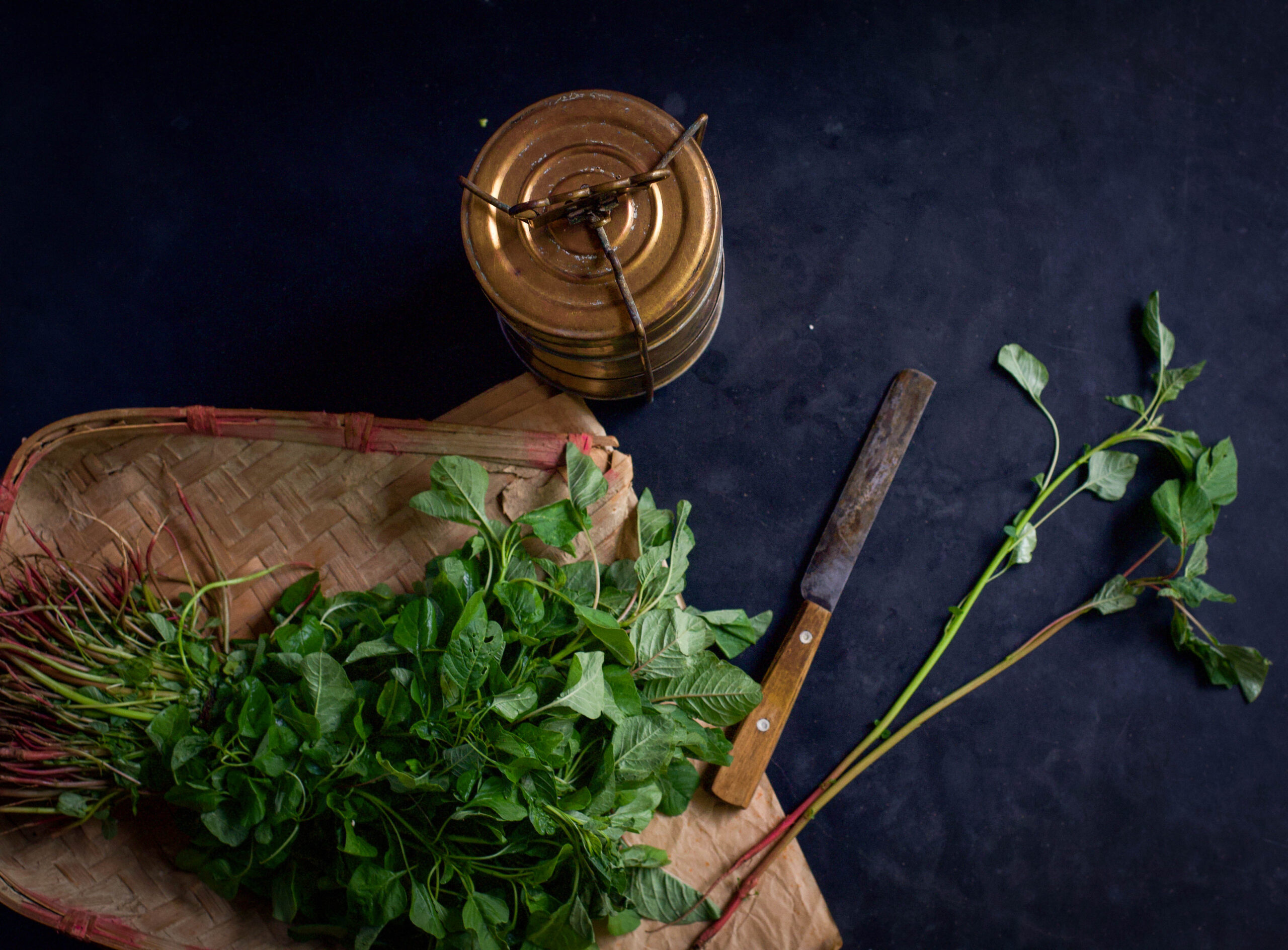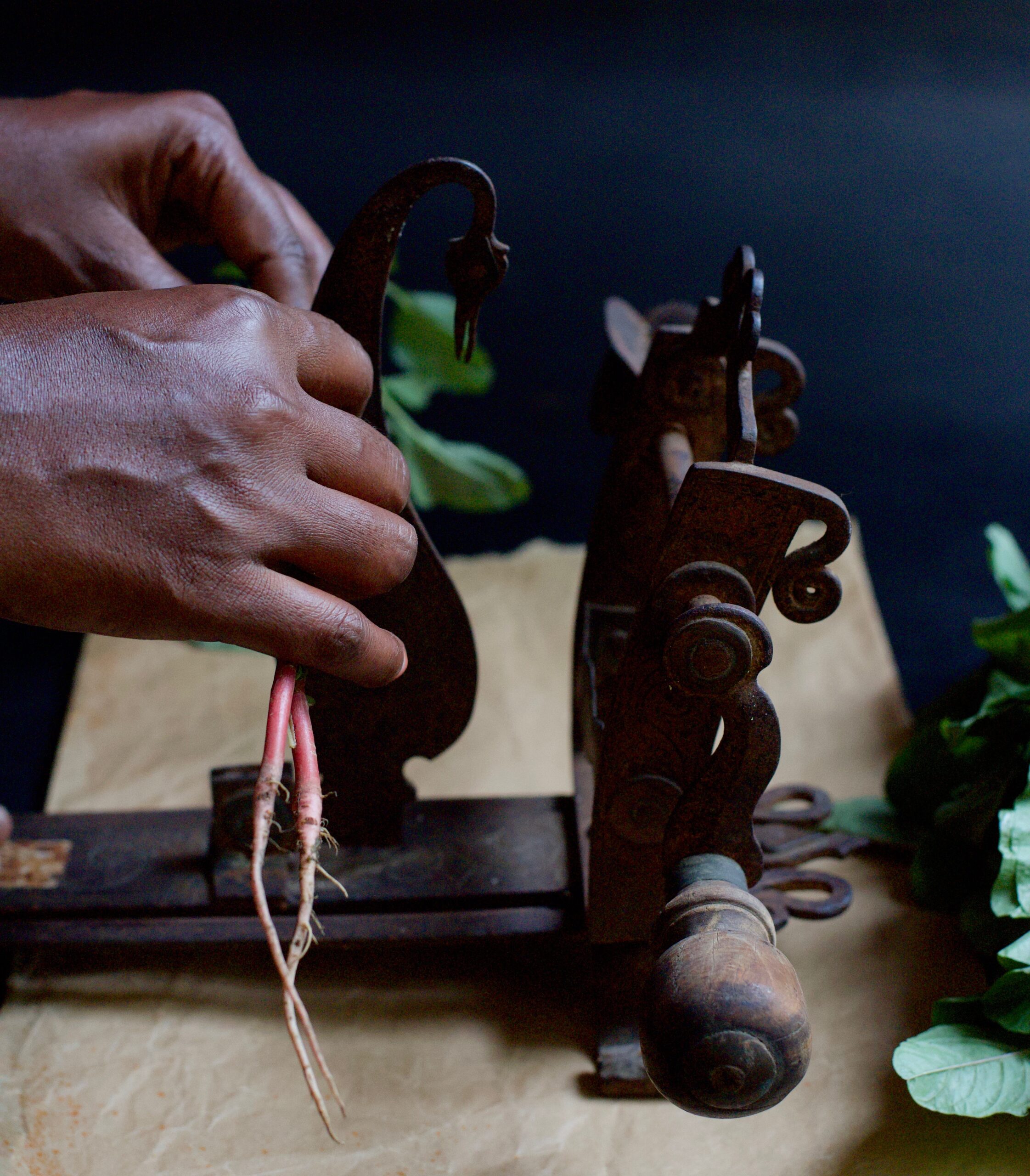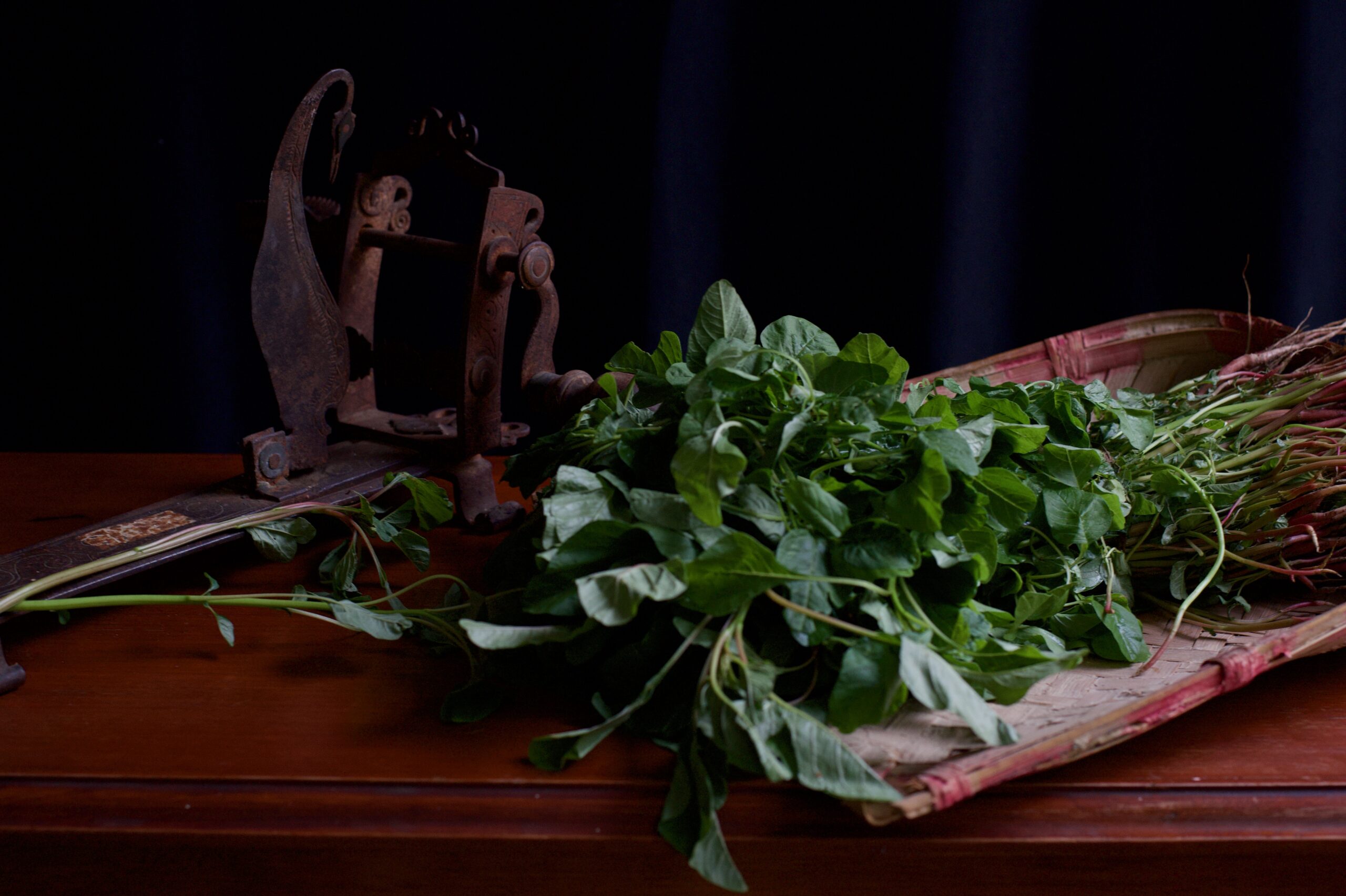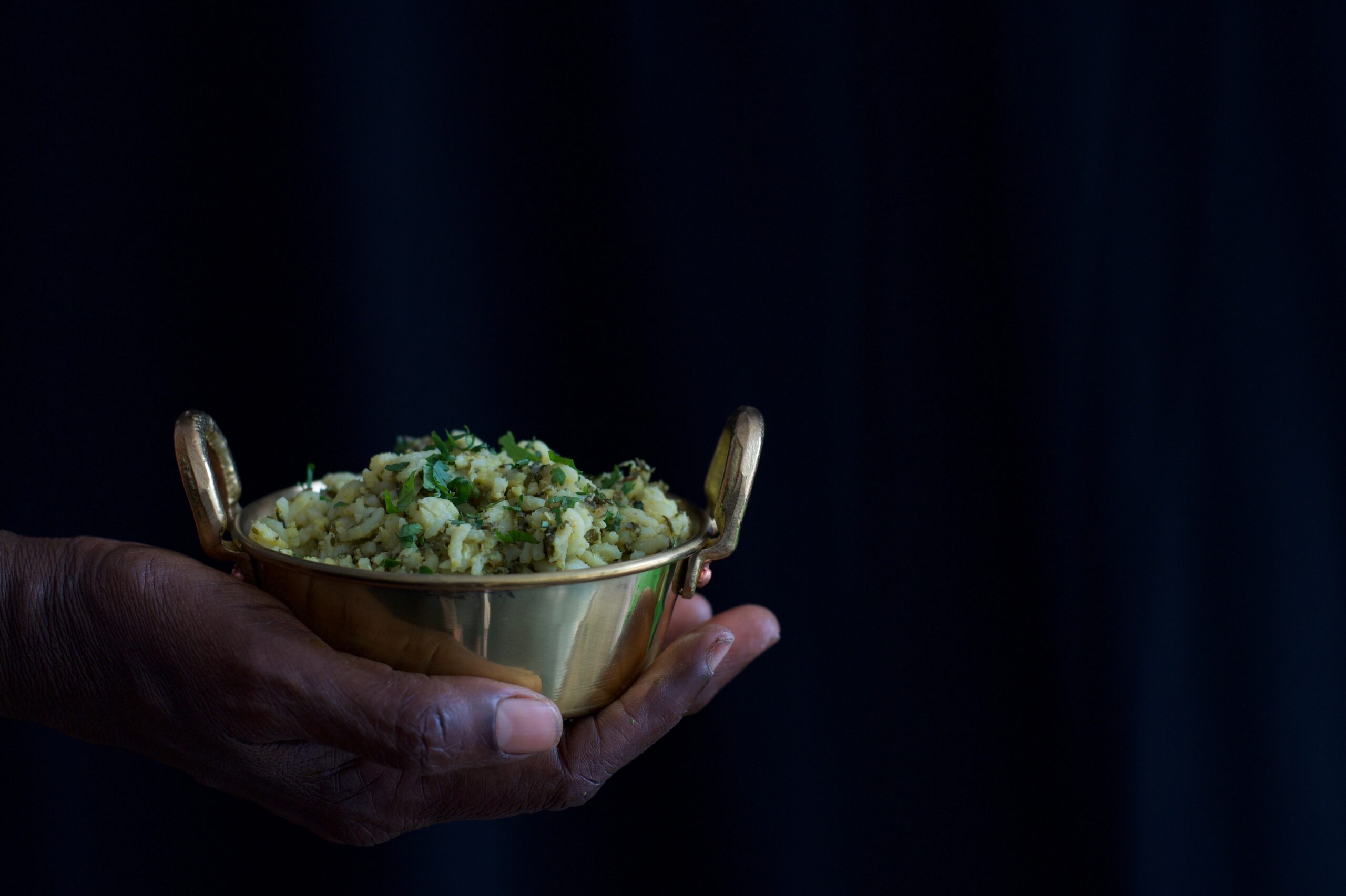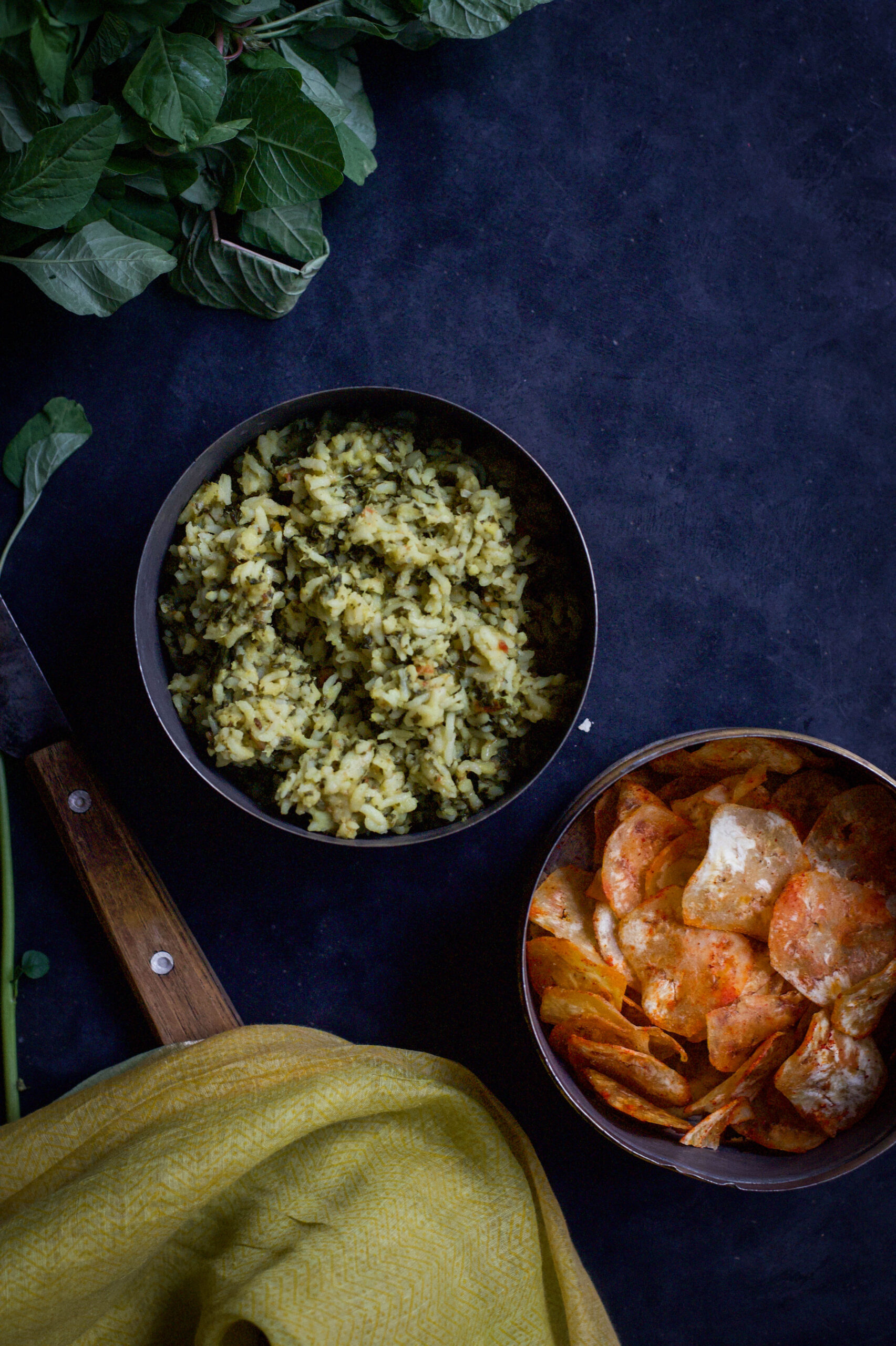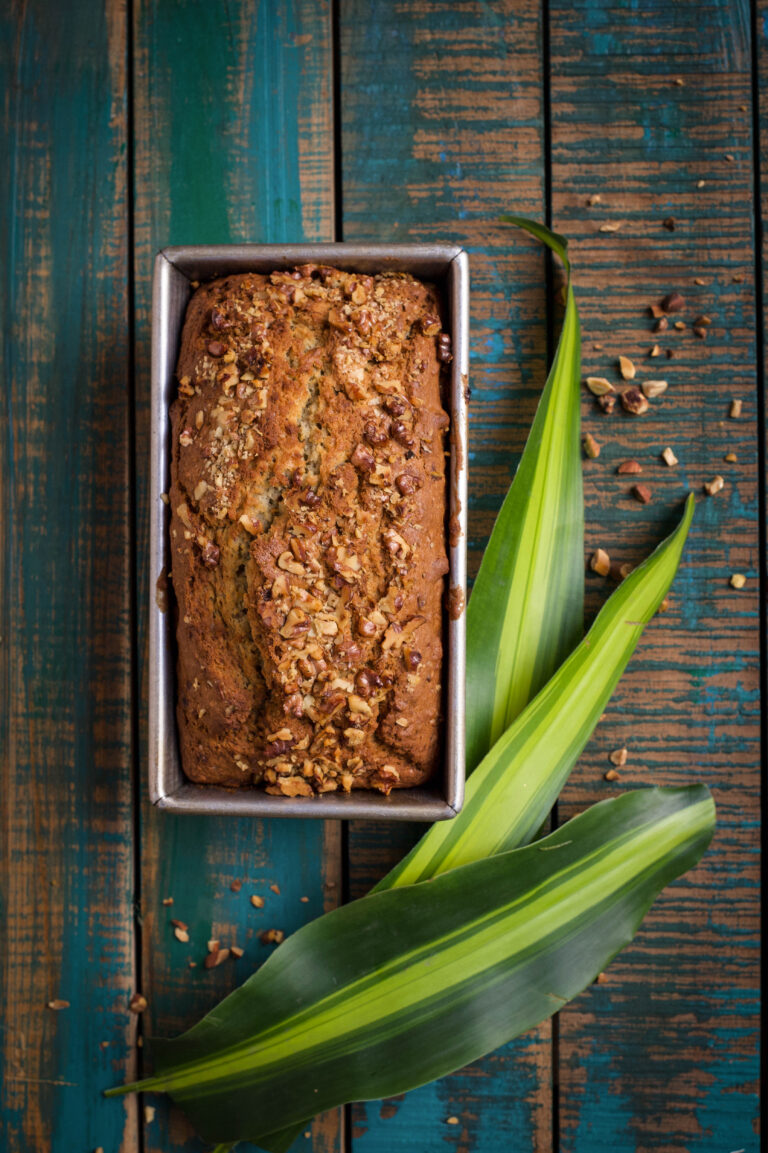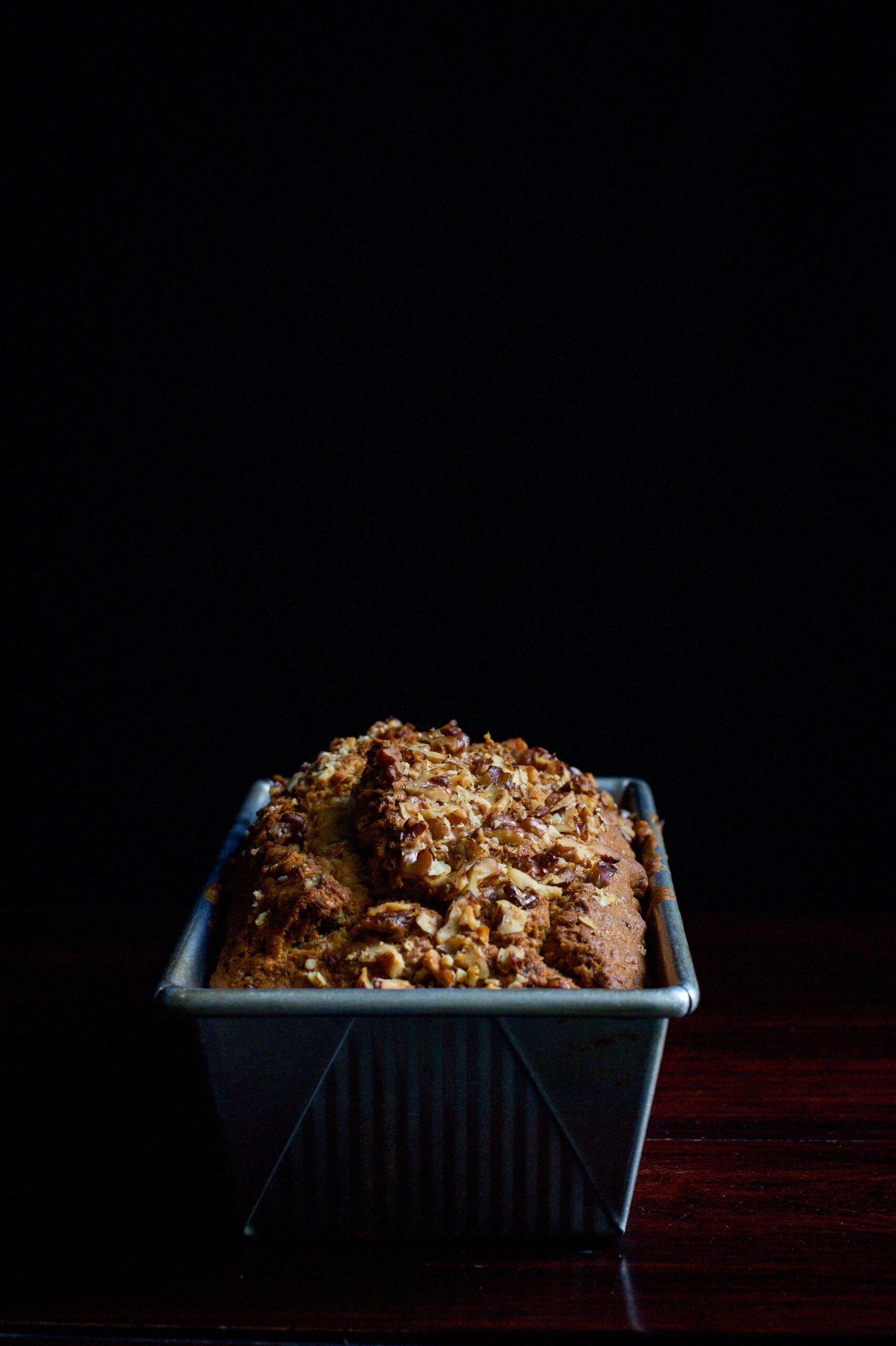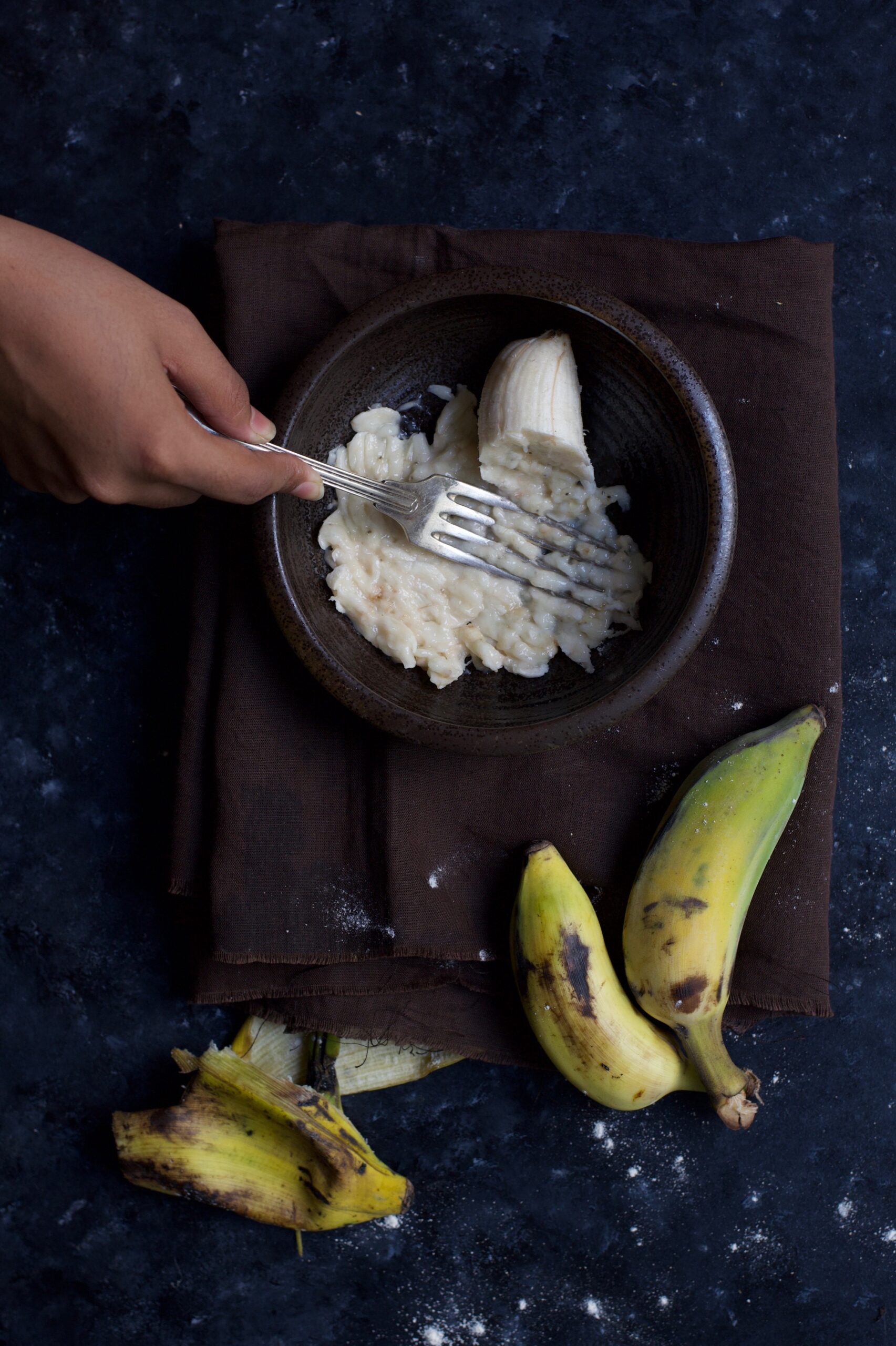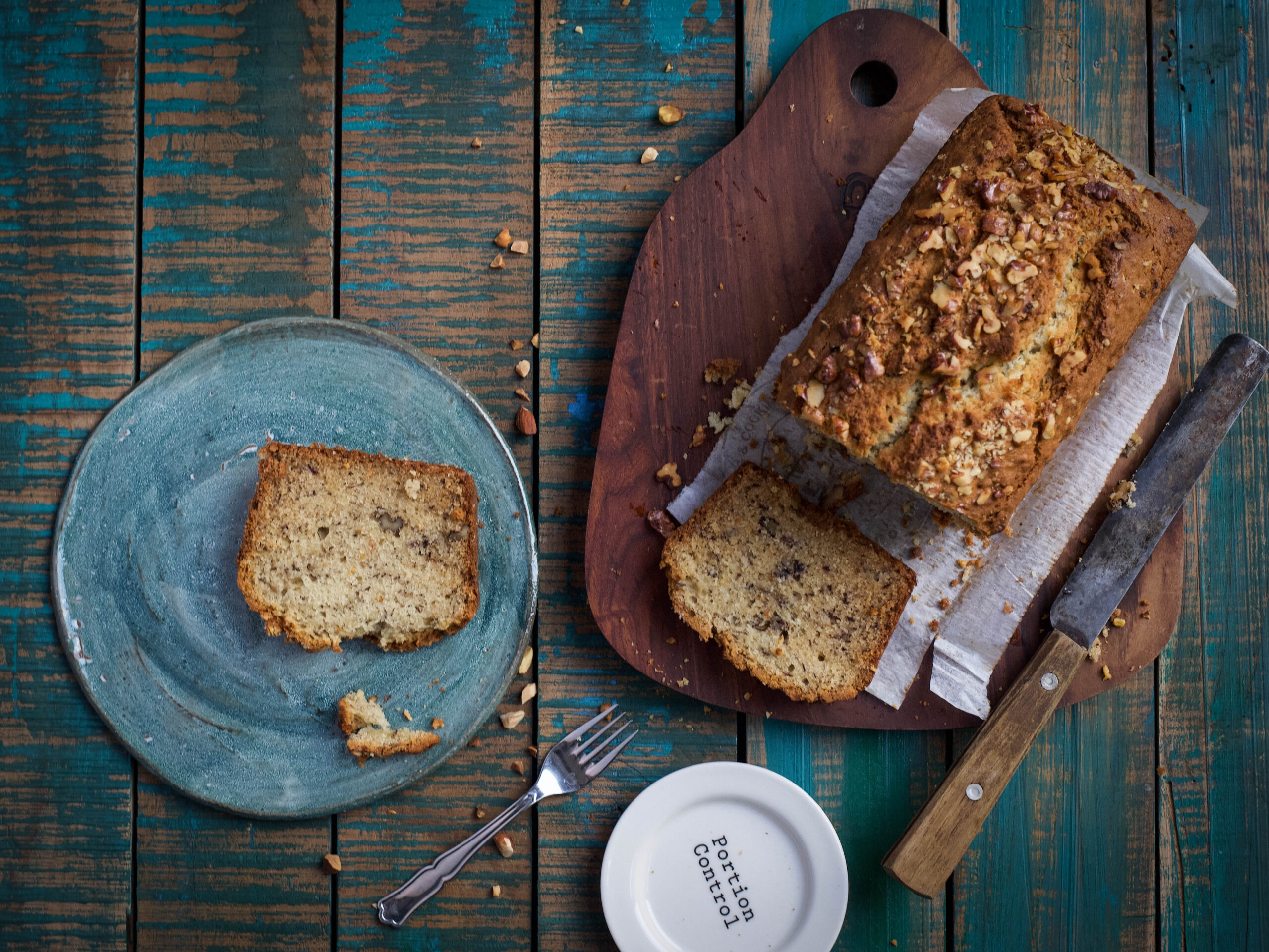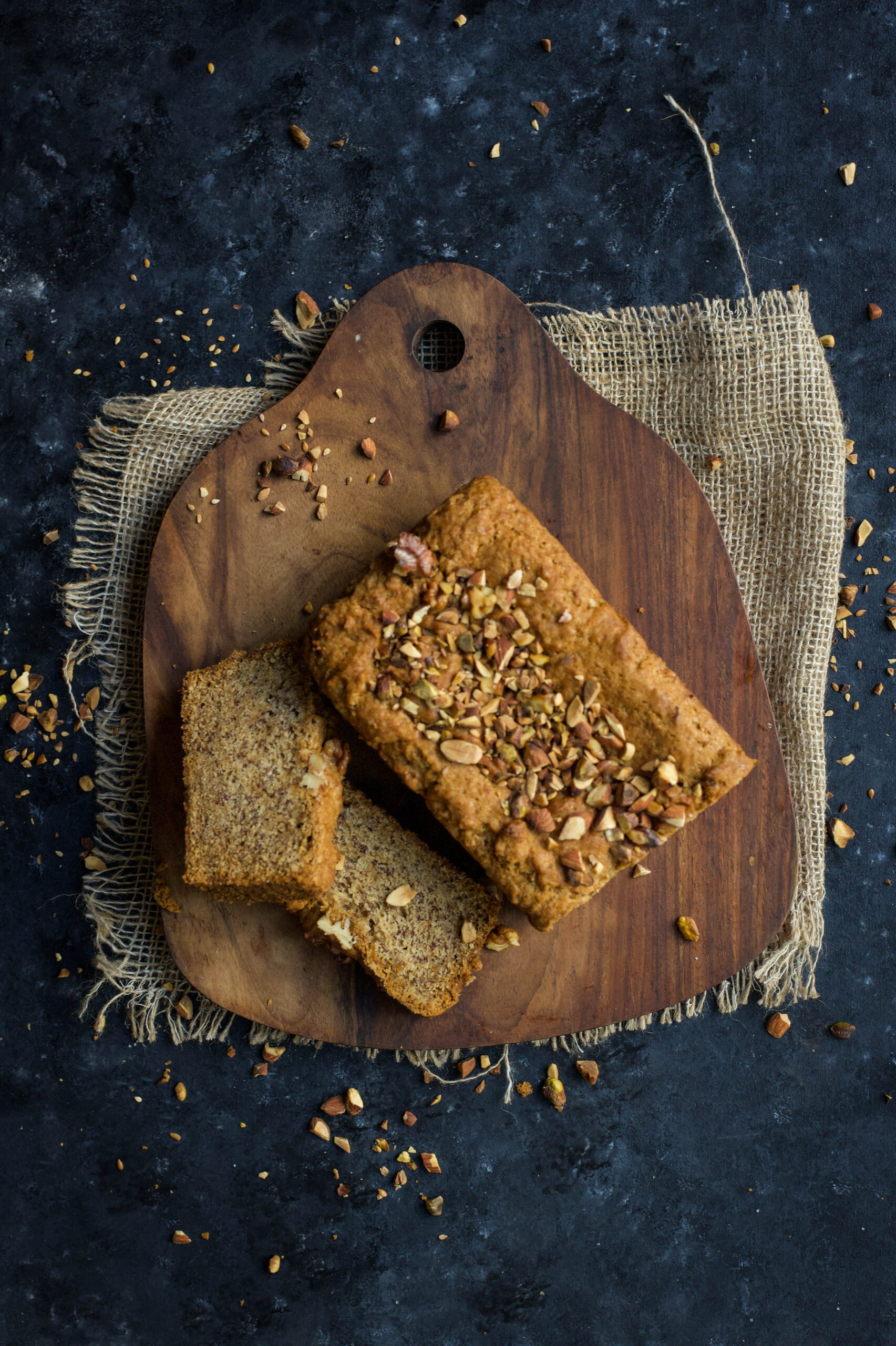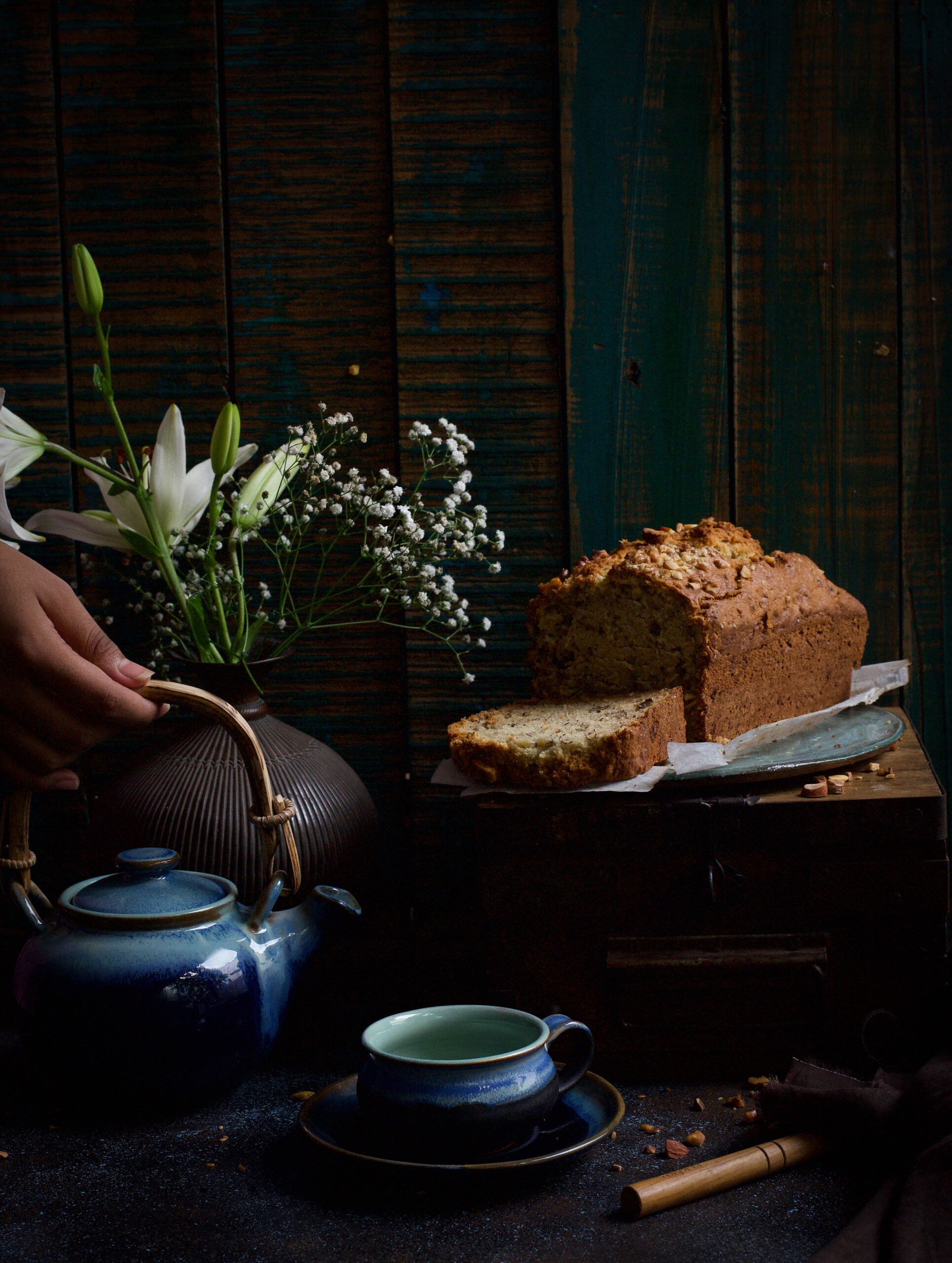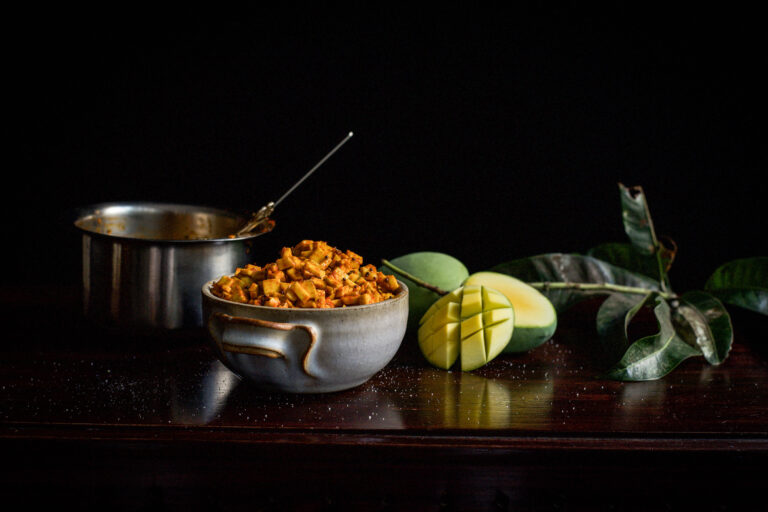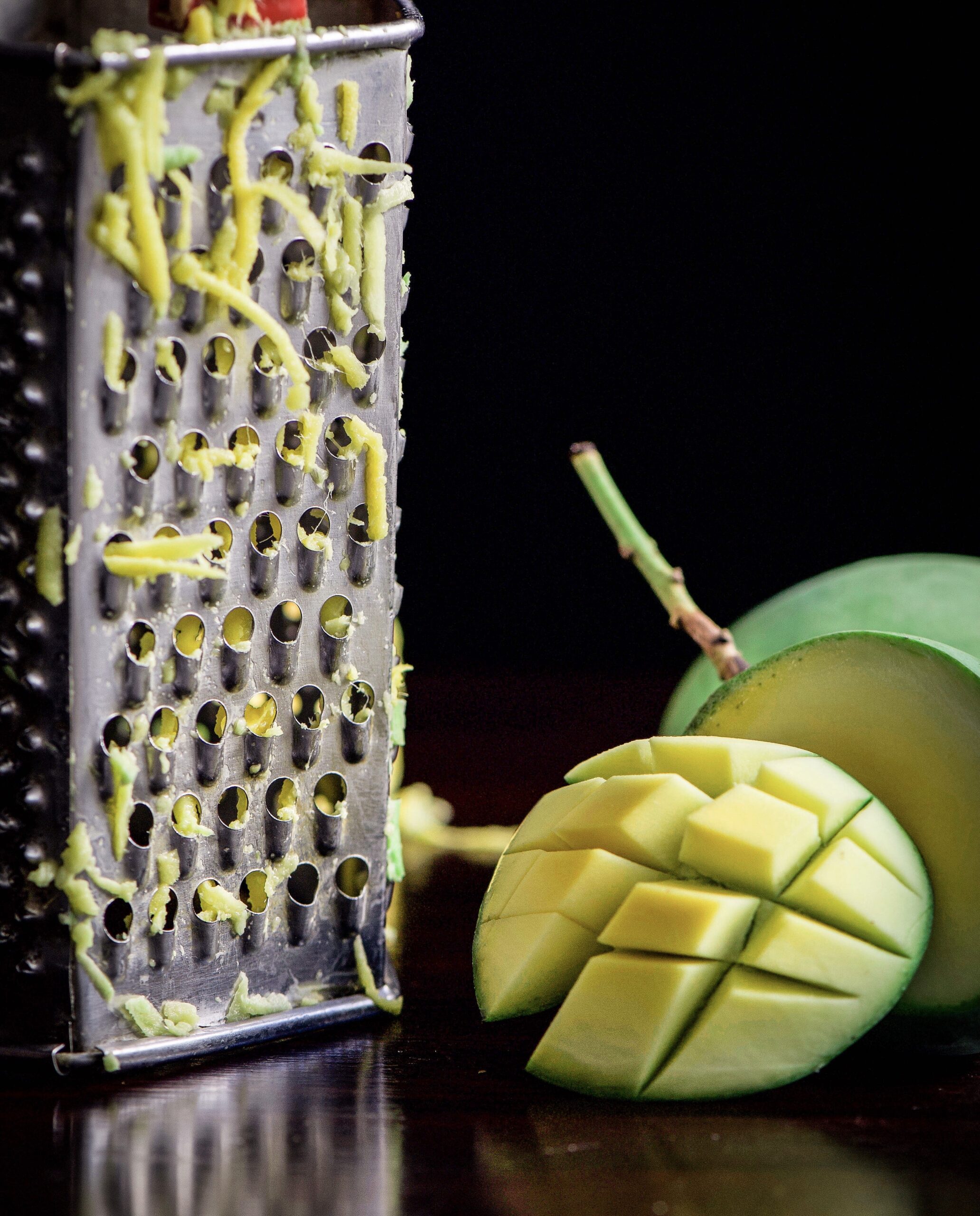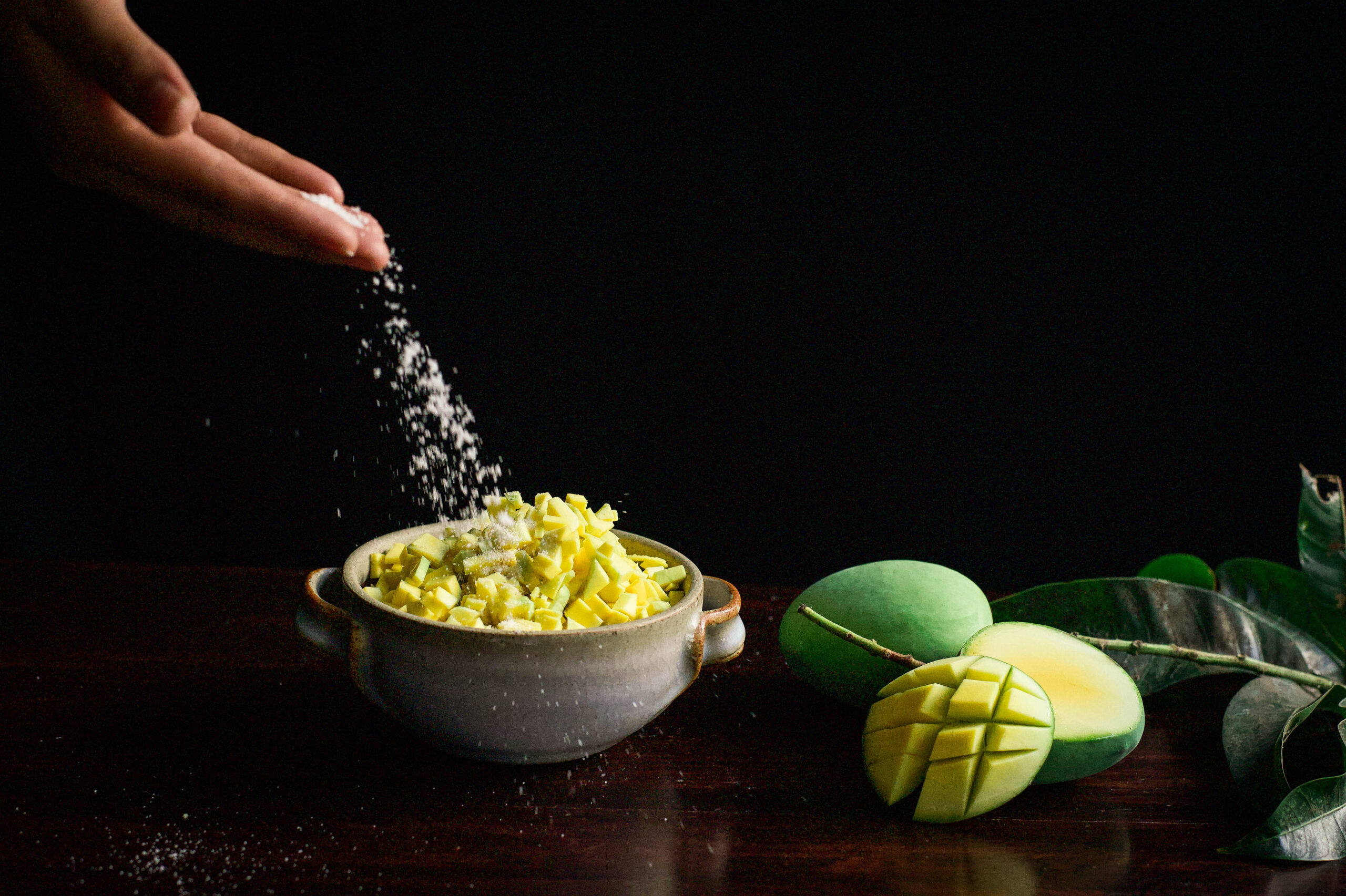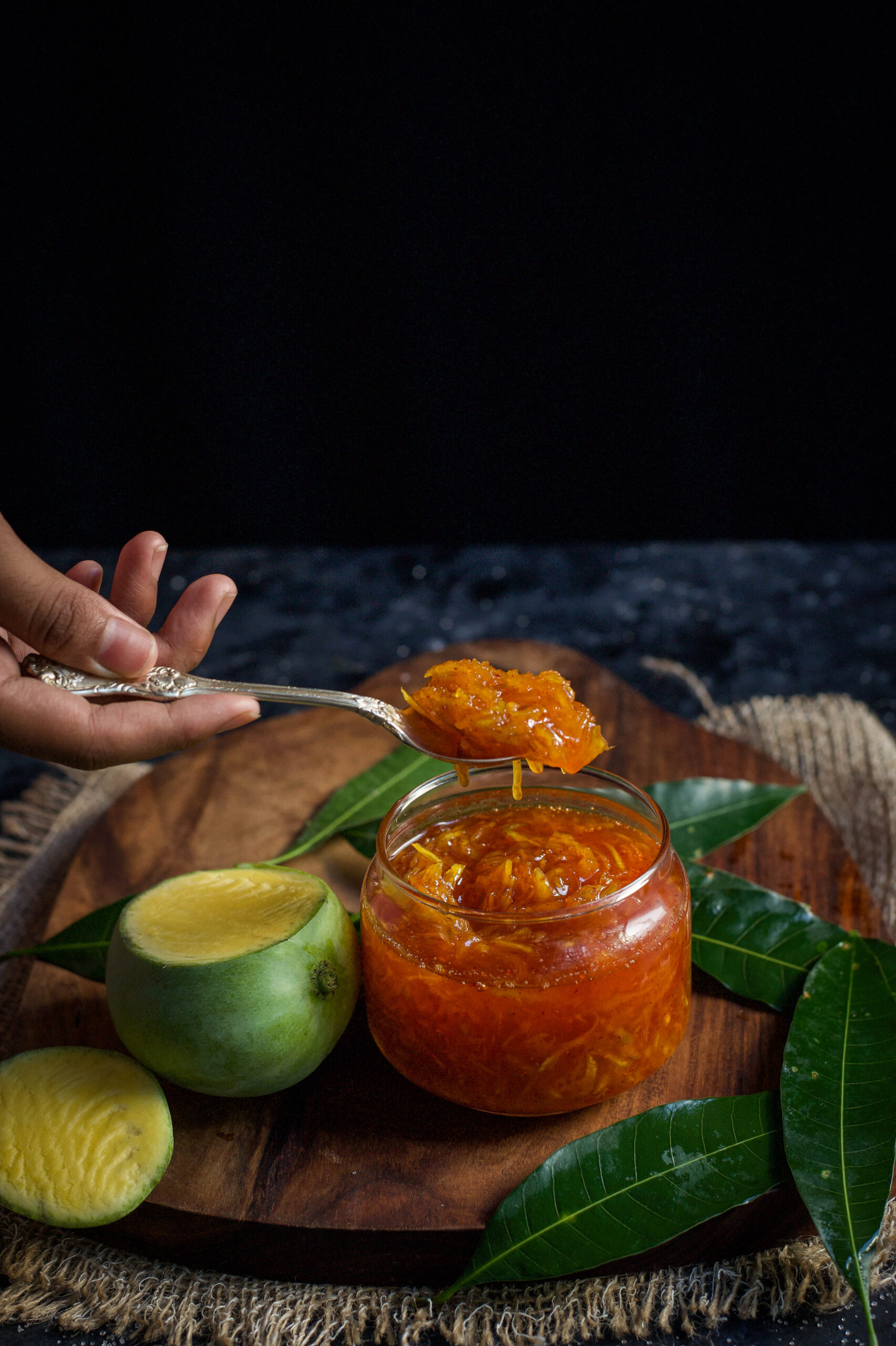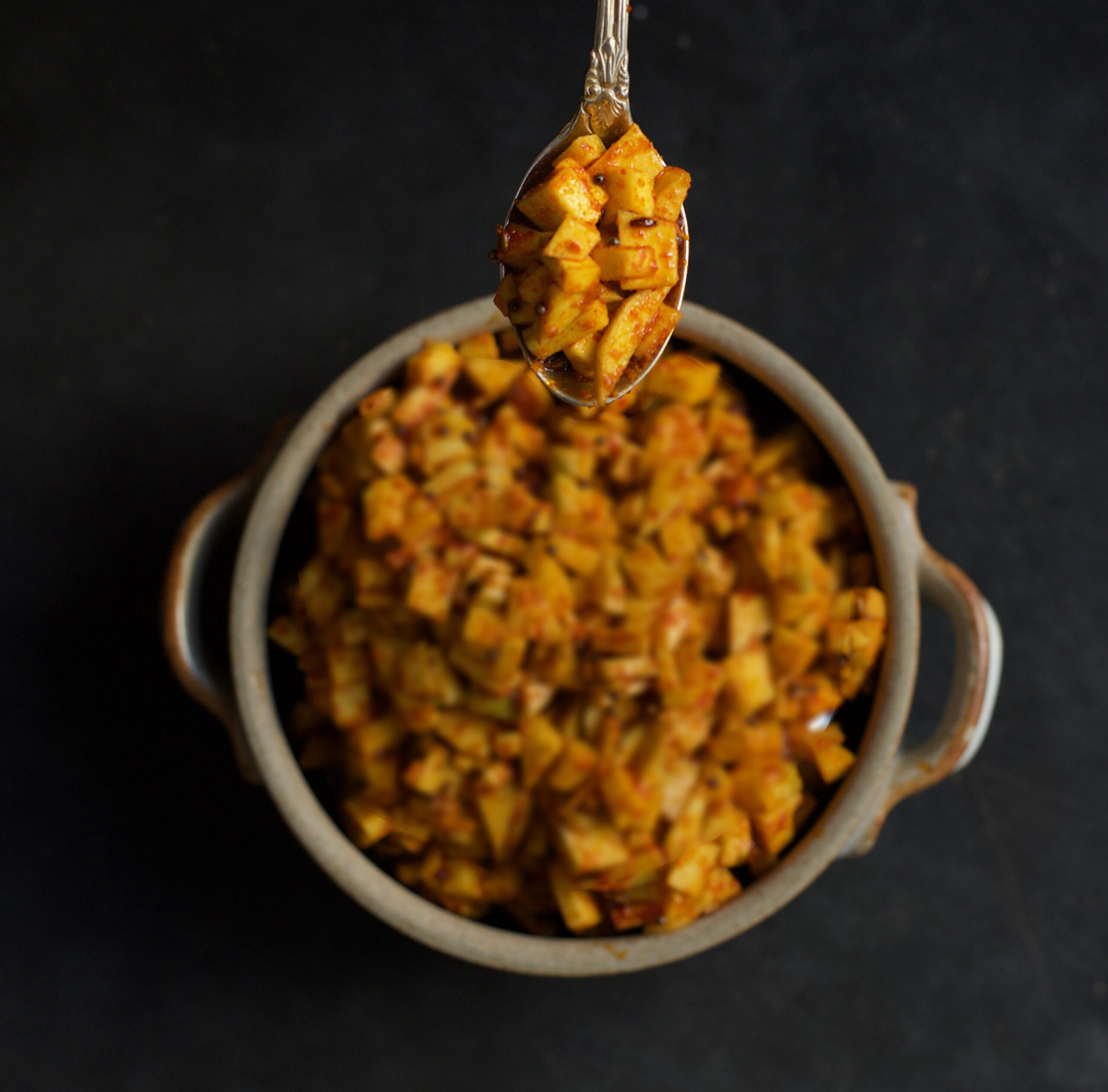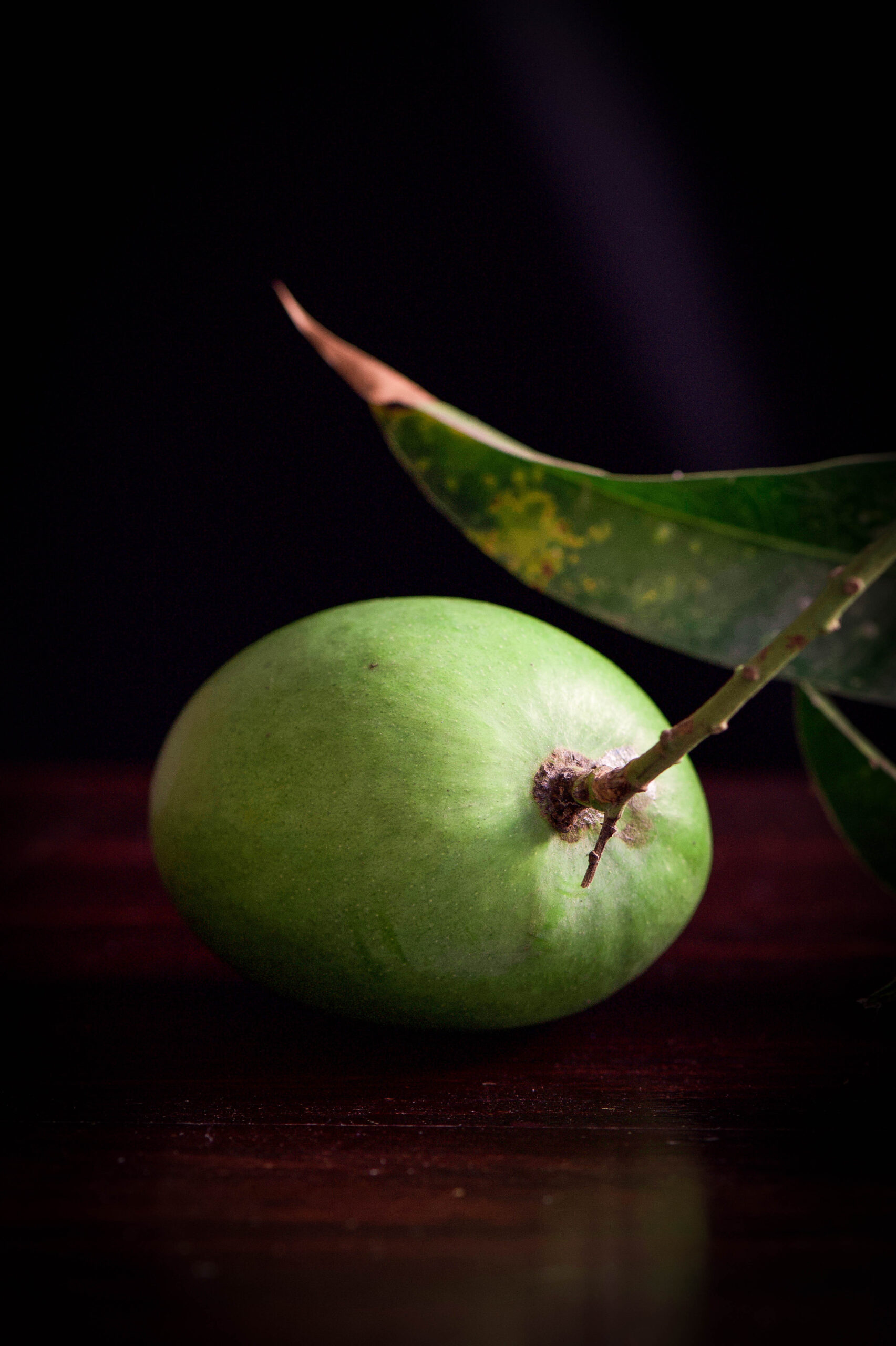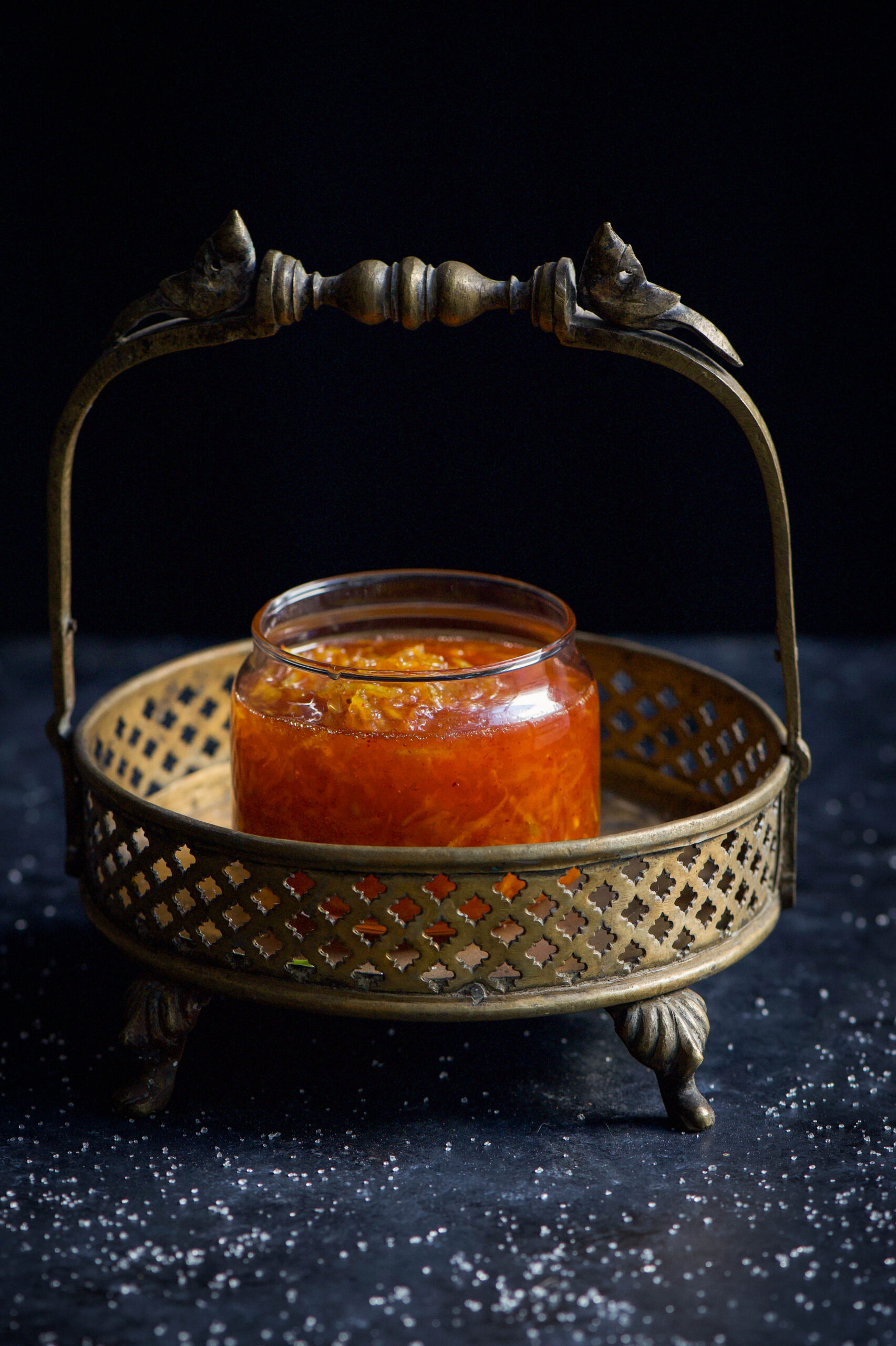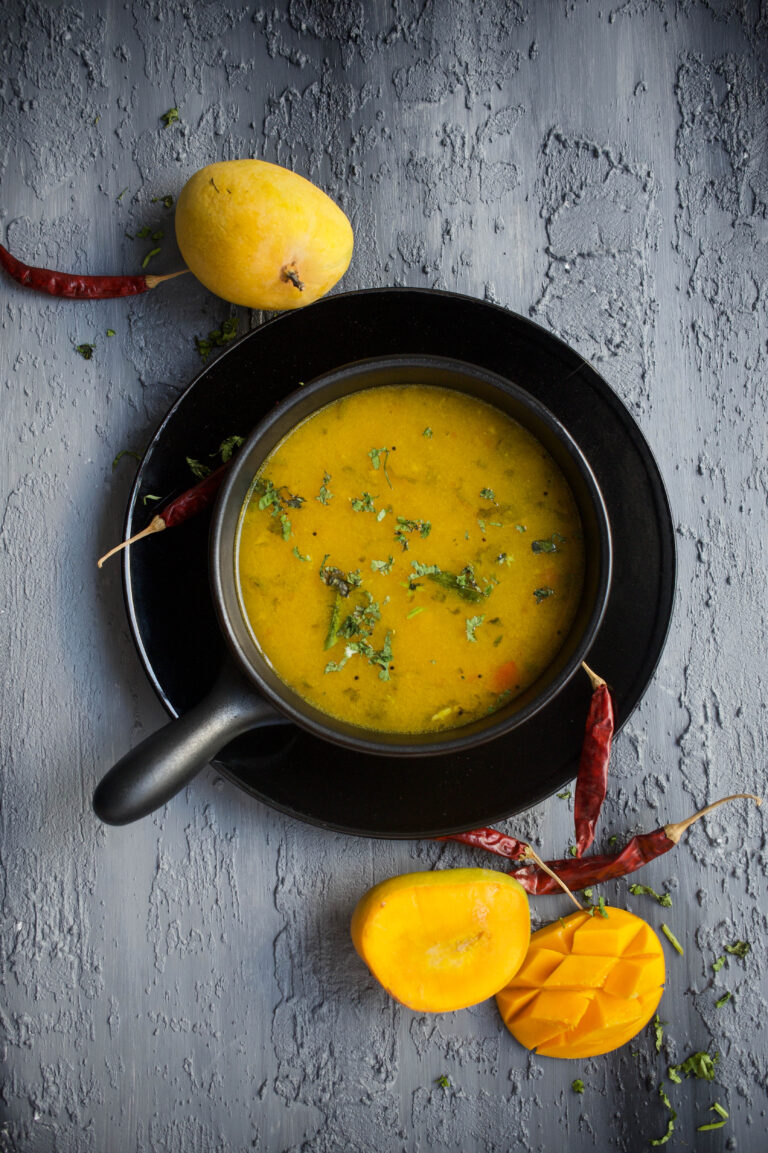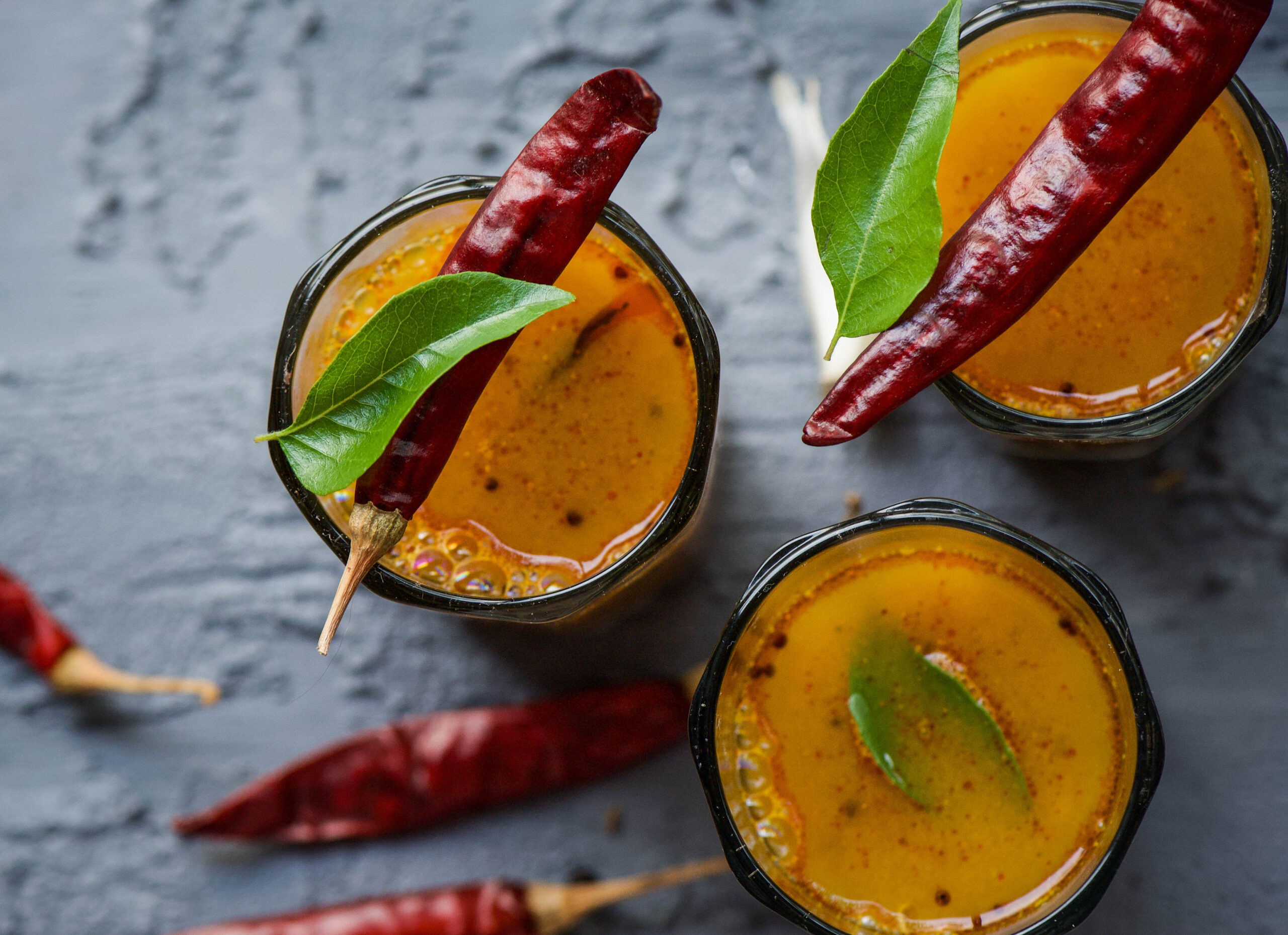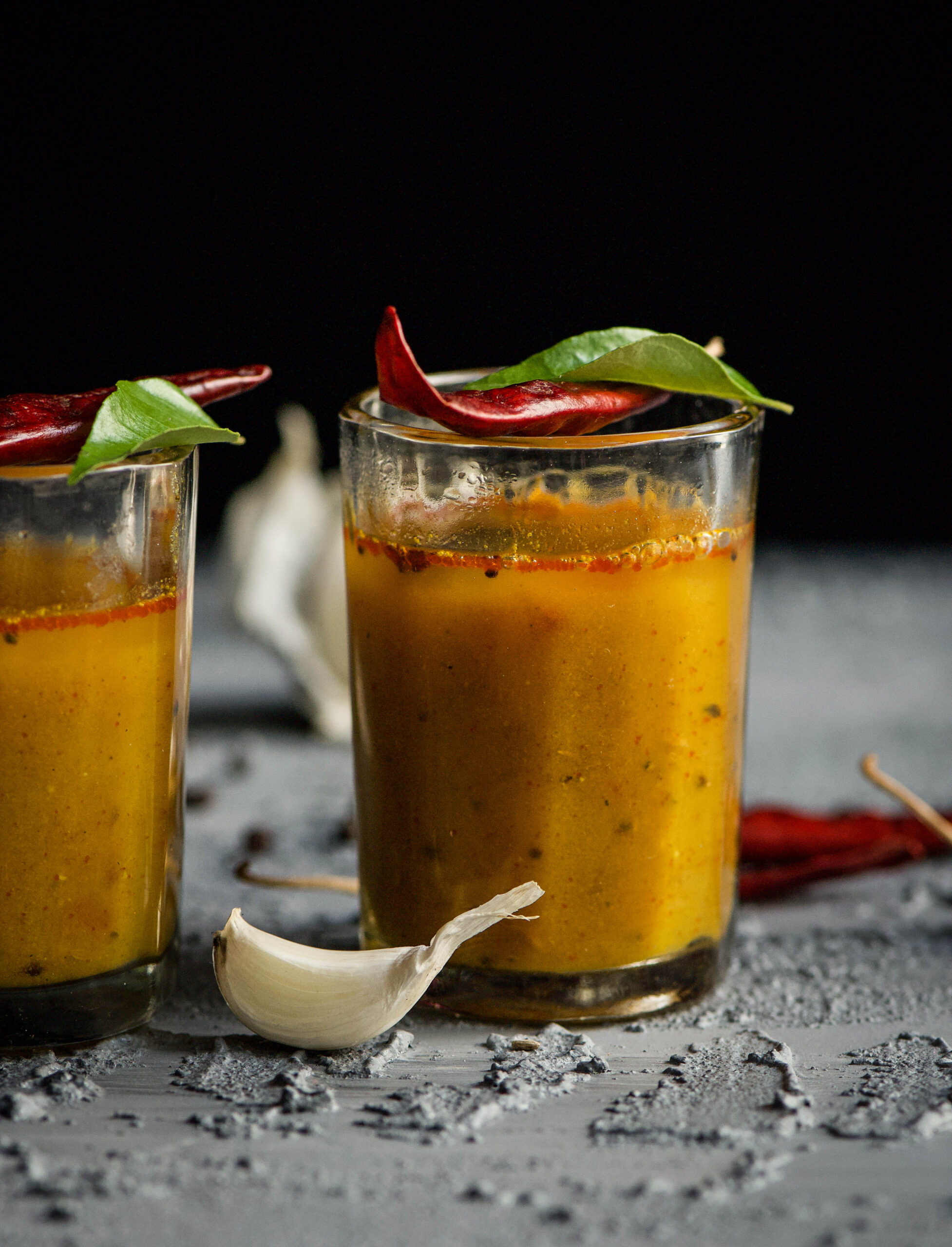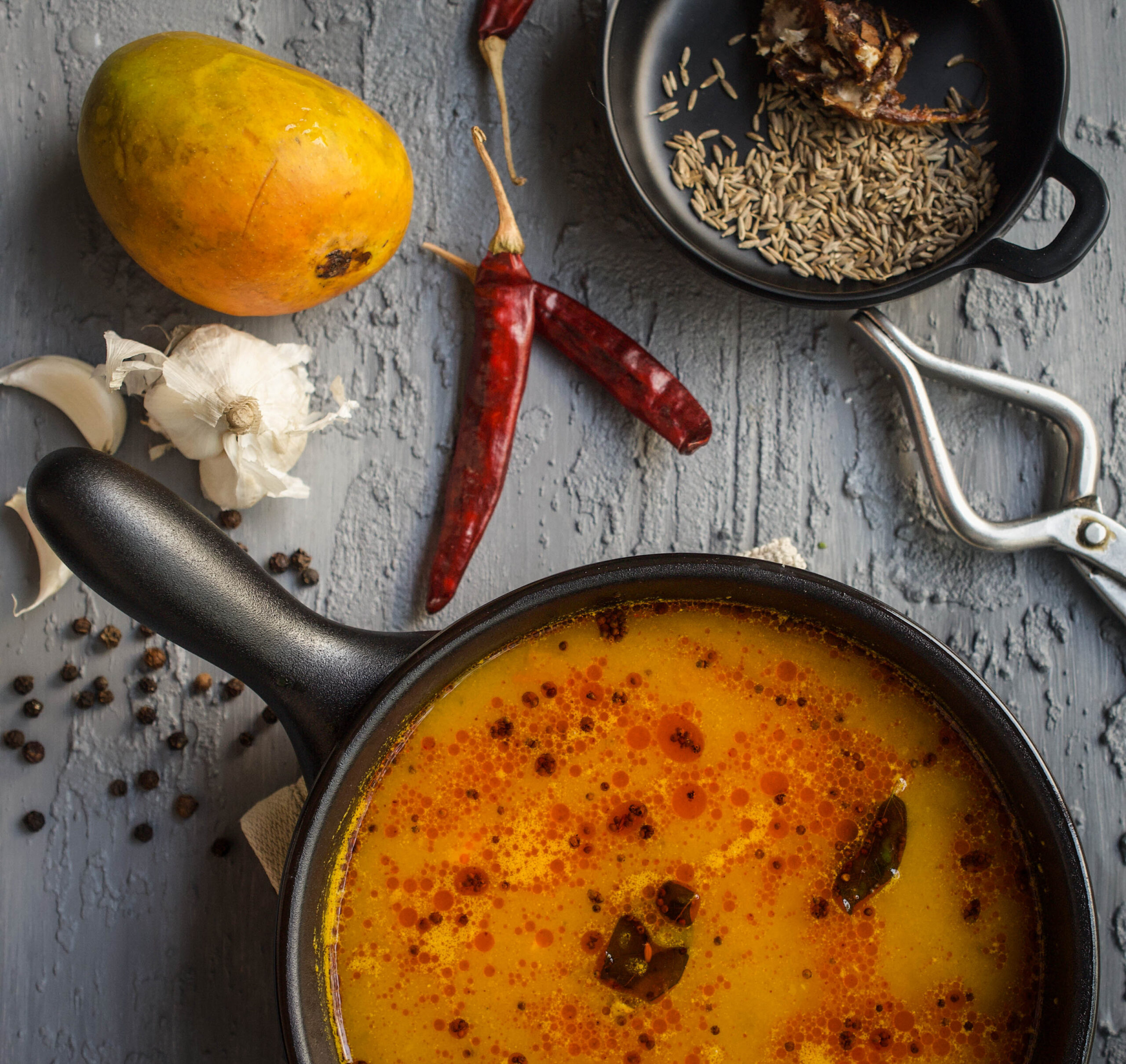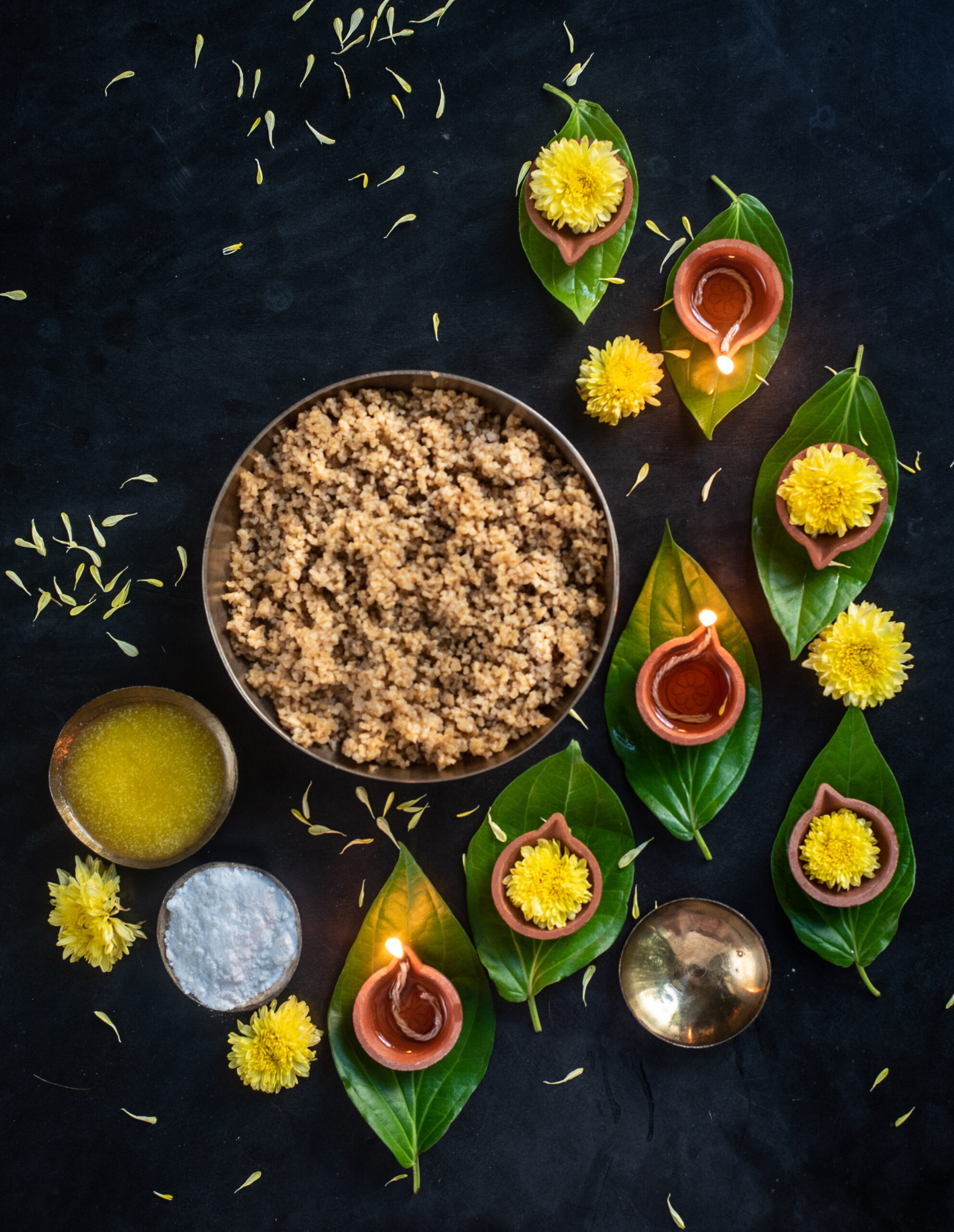
When I was growing up, Diwali was a time when my mother made an entire array of sweets and savouries, such that I cannot point out one as a single most important tradition. All that changed for me when I got married and moved into my new home, when I became introduced to what is now a 30 year tradition for me: the simple and sacred dish of laapsi.
Laapsi is a Gujarati sweet which, like sukhudi uses just three ingredients: jaggery, broken wheat and ghee. In modern versions, people often add nuts, saffron and other flavourings, but the original and deep-rooted traditional method is extremely simple. The three basic ingredients were and are frugal, humble and delicious. In the old days, every household could reliably find enough to make a festive offering. As with sukhdi, laapsi is also first offered as prasad to the gods.
Diwali always falls on amavasai day, or the new moon. Different communities observe their own sets of festivities. For Gujaratis, it begins with Baras (the 12th day towards the waning moon), then Dhanteras (the 13th day, during which we pray to the goddess of prosperity, Lakshmi), then Kali Chaudas (when the goddess Kali is worshipped, not only with a sweet, but with a fried vadai which is symbolically thrown over the shoulder at a crossroads, indicating that you wish to leave behind the previous year) – and then, we have Diwali, which is also Chopda Puja. Chopda means “books”, and this is the day on which we perform a prayer similar to Ayudha Puja in other communities, when all our instruments (from accounting books to cameras and ladles) are kept at the altar and blessed. The day after Diwali is the Gujarati New Year.
I lost my father-in-law earlier this year, and since Indian homes traditionally will not celebrate festivals for a year after a loss, we won’t be going the whole way this year. However, my father-in-law was full of life and spirit and did not believe in observing that grieving period. He believed the life cycle should continue. So while we won’t over-celebrate this year, I will also ensure that we won’t put a full stop to joy. I am sure that is how he would have wanted it too. We had a cool, chilled out relationship. We had many fights and arguments, but I always knew that everything would be taken in the right spirit. And he was someone who was a huge influence on me, in everything from changing my perspectives to gifting me my first camera.
I will certainly miss him this Diwali. Every Diwali, he would give everyone a special token, a crisp 50 rupee note. All of us considered it a lucky charm, and kept it in our wallets until the following year. Who will do it this year? Many recent incidents have reminded me how important roots and traditions are, and how necessary it is to respect them. This is why there are so many things that I insist on doing in a ritualistic way, like keeping the umbrella on Ganesh Chaturthi, and making laapsi on Diwali. I know my kids will not follow all the things that I follow, but at least a few of those traditions will become meaningful to them too…
And if I can be hopeful, I would absolutely name laapsi as one of the traditions I hope my children will keep and cherish. Although we have all became health conscious and started rejecting sweets, I still insist that everyone partakes of our Diwali laapsi.
This year, my mother-in-law has moved back in with us, and it is nice to have her home. It reminds me of all the times that she shared her culinary wisdom with me (such as when she taught me this kachori that many of you enjoyed too). Diwali is just a few days away, and I am calling to mind how I used to watch her make laapsi during the first ten or twelve years of my marriage. Slowly, she stopped coming into the kitchen as often and I began to manage more of the cooking. But for a long time, I would still ask her to come in for certain traditional dishes. Laapsi was, of course, one of them. Different families follow different methods in order to make their own traditions. I follow hers to a T: no garnish, no frills, just three simple ingredients made for God and family.
And just like my mother-in-law taught me, I will not serve laapsi on any day other than Diwali. I consider it sacred. My family and I wish you a very happy Diwali and festive season, and I hope that this special dish brings you sweetness and joy too.
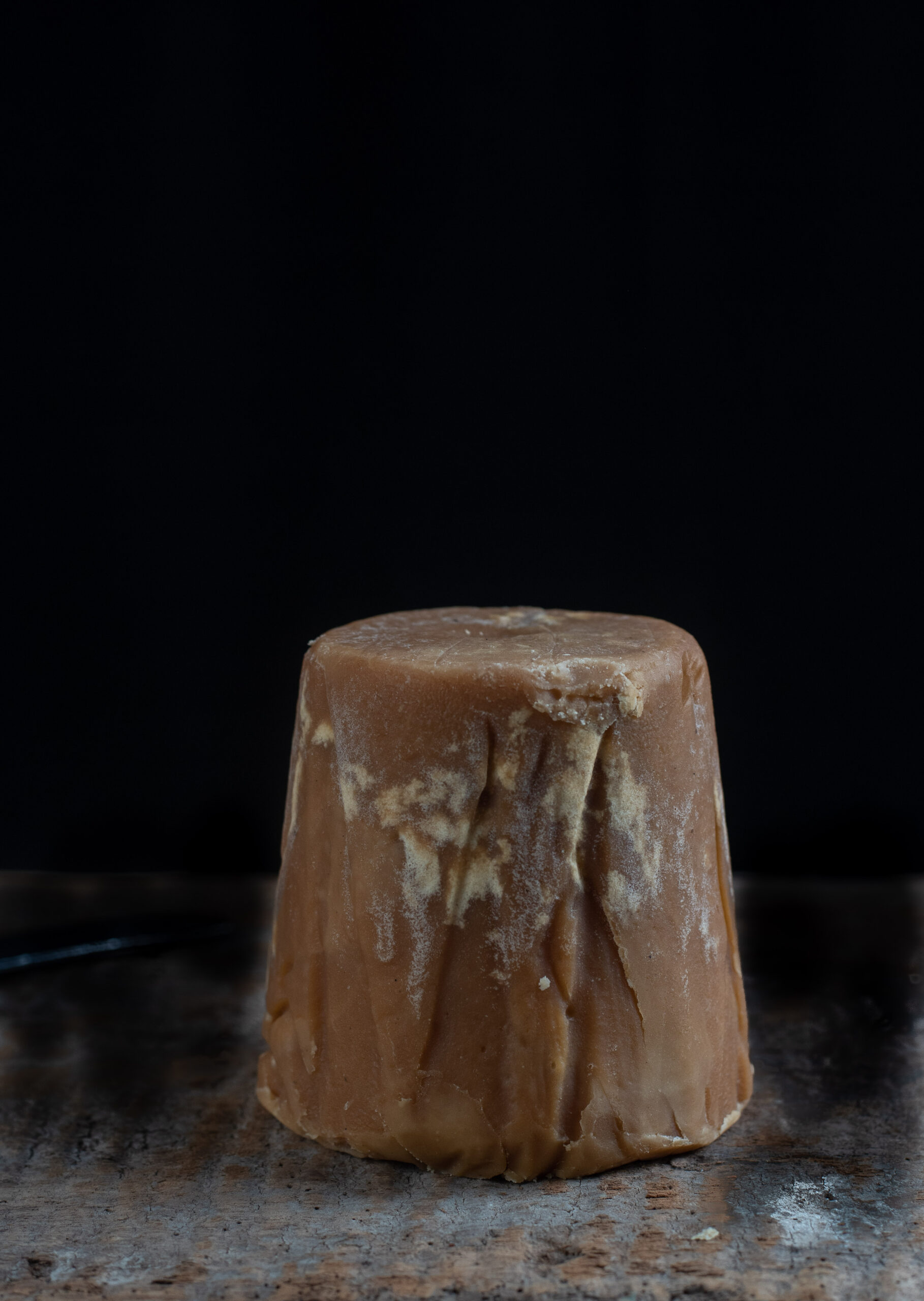
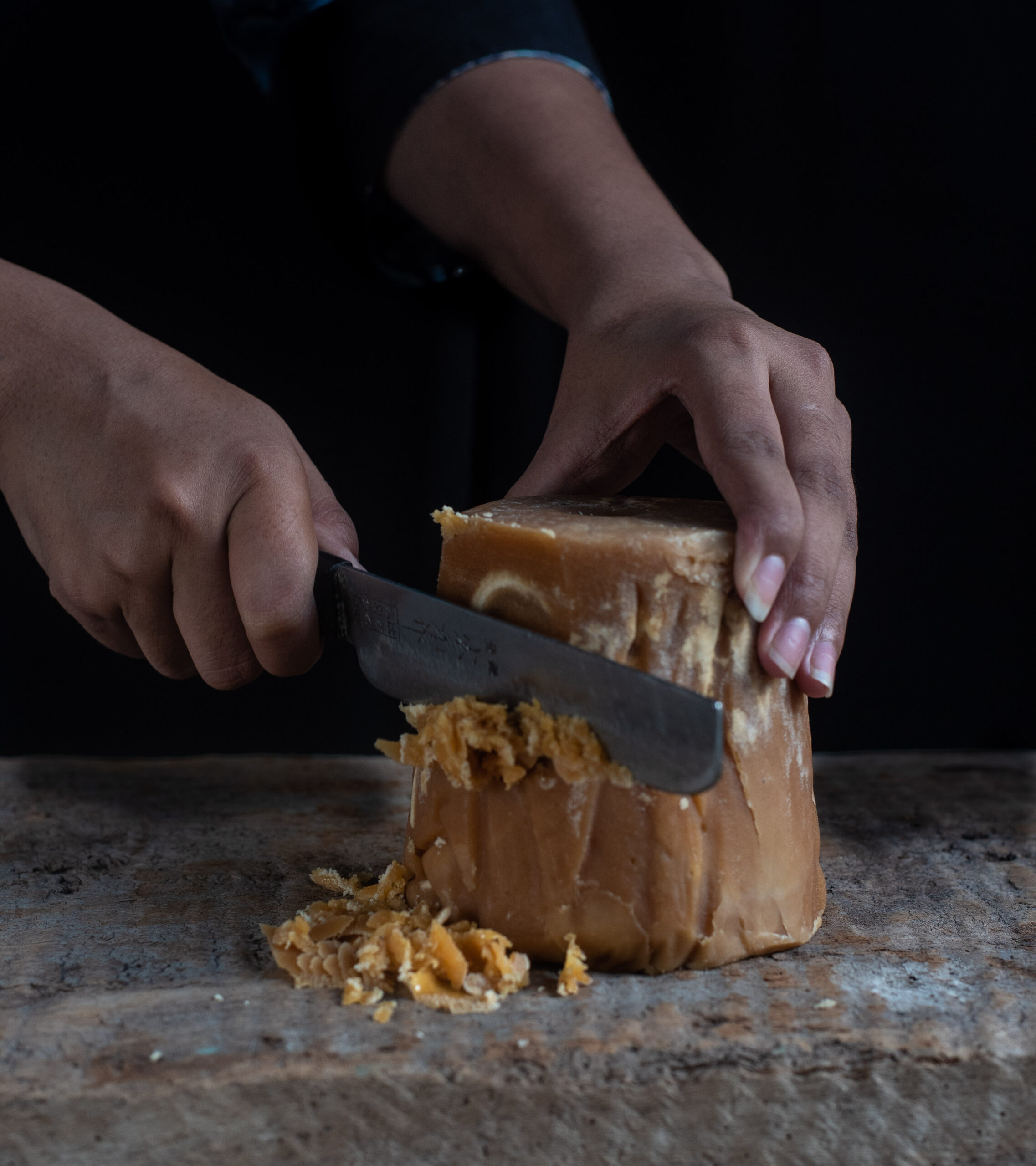
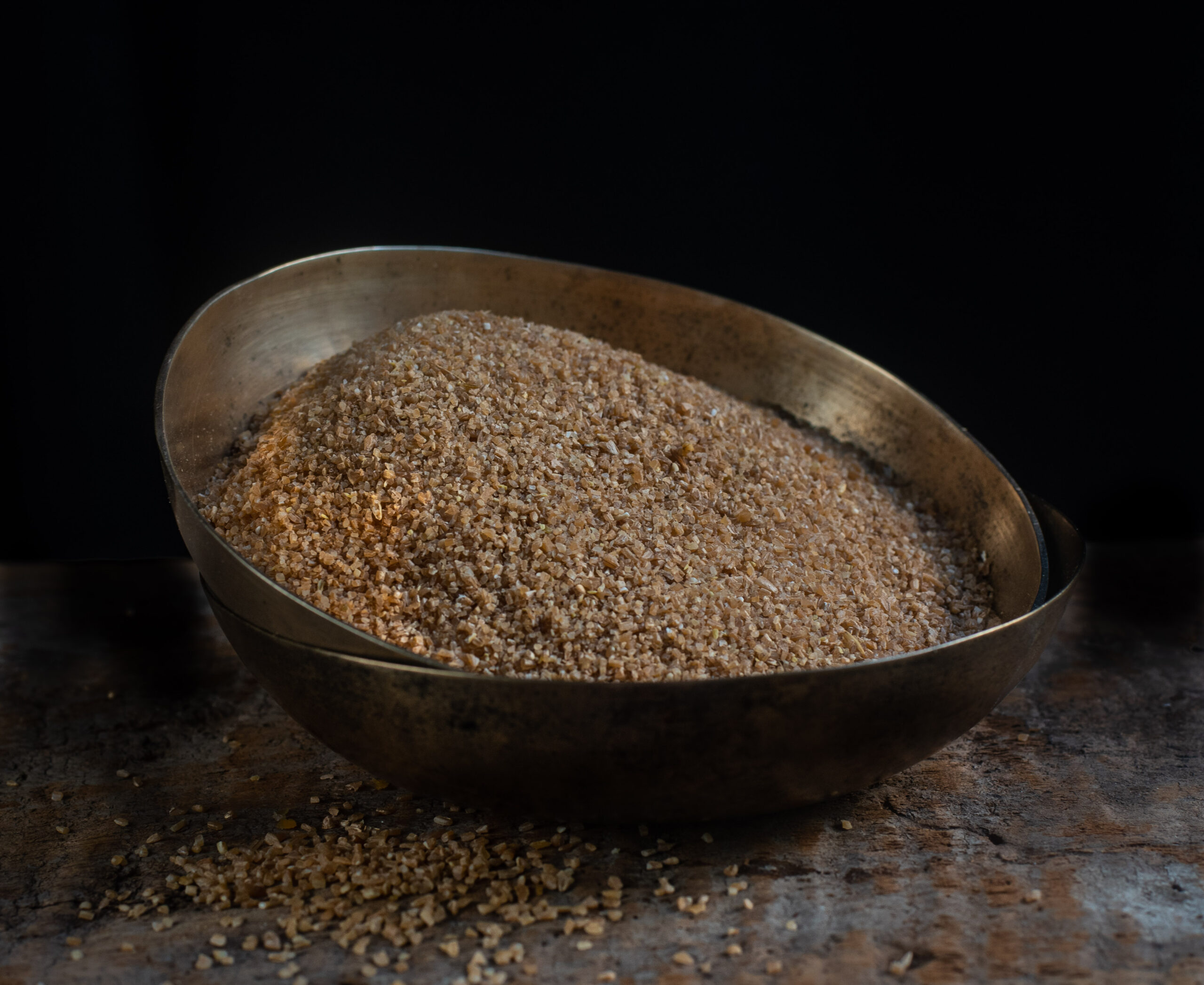
Laapsi
(Yield: 2-3 cups)
Ingredients
½ cup broken wheat
½ cup jaggery
2 ¼ cups water
3 teaspoons ghee
Boil the water in a pot and add the jaggery to it. Stir until the jaggery melts. Then strain the liquid through a strainer, making sure that it is clean. Measure the liquid to check that you now have 2 cups of jaggery water.
Toast the wheat and ghee till slightly golden. This will take approximately 3 minutes. Now add the liquid to the wheat and cover with a lid. Place this in a pressure cooker for 4-5 whistles. Once you open the pressure cooker, you will find that the concoction is still soft. You can now place the pot directly on to a low flame. Cover and let cook until the liquid dries up and its grainy.
I prefer using the cooker as it lessens the cooking time. Alternately, pour the hot jaggery water into the wheat in the pan and allow to cook covered, on a low flame, so it does not stick to the bottom. Let it be on the stove until the grains are cooked perfectly and soft to the bite. Do not stir frequently as this may cause the grains to get sticky.
As I mentioned earlier, there are different ways to make this. I do hope you will find yours once you make this often enough. You don’t have to restrict yourself to an annual occasion like I do!
Typically, we serve the hot lapsi with ghee, powdered sugar and lentils.
Given the deep Gujarati-ness of this recipe and this post, I hope you’ll also take a look at some of my previous recipes that celebrate my traditional cuisine.
